Our exhibition space will be closed to the public through January 30 and will reopen with our next exhibitions on January 31.
Our exhibition space will be closed to the public through January 30 and will reopen with our next exhibitions on January 31.
Curated by Anna Burckhardt Pérez
The Institute for Studies on Latin American Art (ISLAA) is proud to present Threads to the South, curated by Anna Burckhardt Pérez. The exhibition features works by over twenty artists from ten countries, including videos, photographs, paintings, works on paper, and textiles developed between 1967 and 2023. Through these varied works, Threads to the South considers the medium of fiber as a conceptual tool for exploring the relationship between belonging, identity, and territory in Latin America.
The exhibition title is borrowed from the poem “I am climbing threads to the South” by Chilean artist and poet Cecilia Vicuña. Having lived most of her life in exile from her homeland, Vicuña writes of longing for her home and climbing symbolic threads that connect her to her roots in the south. Featuring artworks by artists including Gustavo Caboco, Cristina Flores Pescorán, Jorge Eduardo Eielson, Anna Bella Geiger, Lidia Lisbôa, Hélio Oiticica, Marta Palau, Antonio Pichillá, and Vicuña, among others, the exhibition showcases how artists have used fiber, thread, and textiles in disparate ways to chart connections to their roots.
Spanning ISLAA’s upstairs exhibition space and its two lower-level galleries, Threads to the South illustrates how fiber serves as a bridge between distinct times and places, embedded with histories and cultural traditions, including the complexities of national and individual identities in and from Latin America. The artists in the exhibition use thread to communicate physical or emotional displacement as they long, search, and strive for real and imagined territories to ground themselves firmly in Latin America. Together, these works underscore the processes of making, thinking, and feeling through fiber to question colonial conceptions of time and place, produce alternative art histories, and create new ideas of home.
Threads to the South is on view from March 28 through July 27, 2024 and is accompanied by an original booklet featuring an essay by the curator and designed by ISLAA’s graphic designer in residence, Luiza Dale.
EXHIBITION WORKS
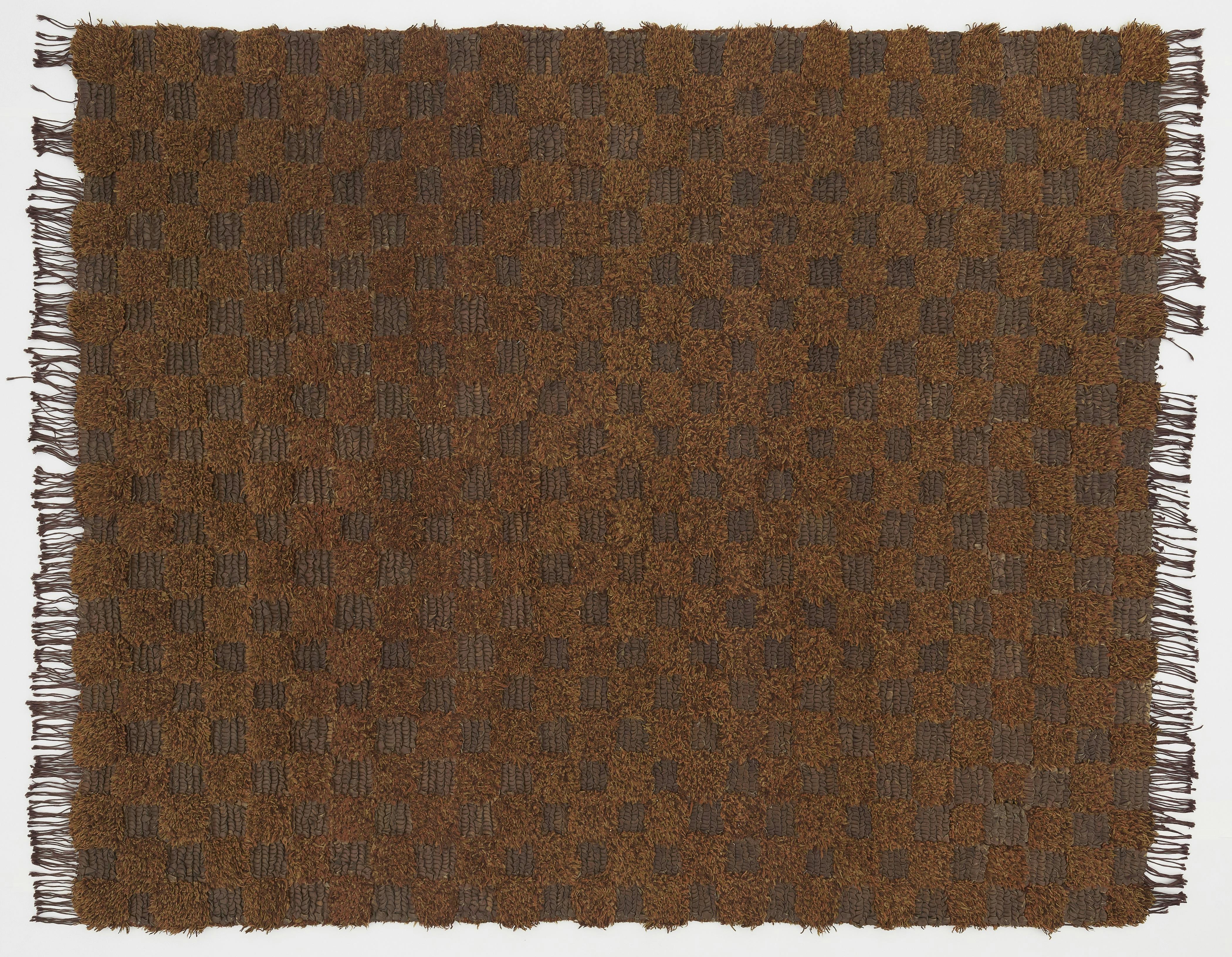
Olga de Amaral, Tapete—Número 330 (Carpet—Number 330), 1979. Photo: Arturo Sánchez

Anna Bella Geiger, Untitled (Bandeiras) (Untitled [Flags]), 1969–73
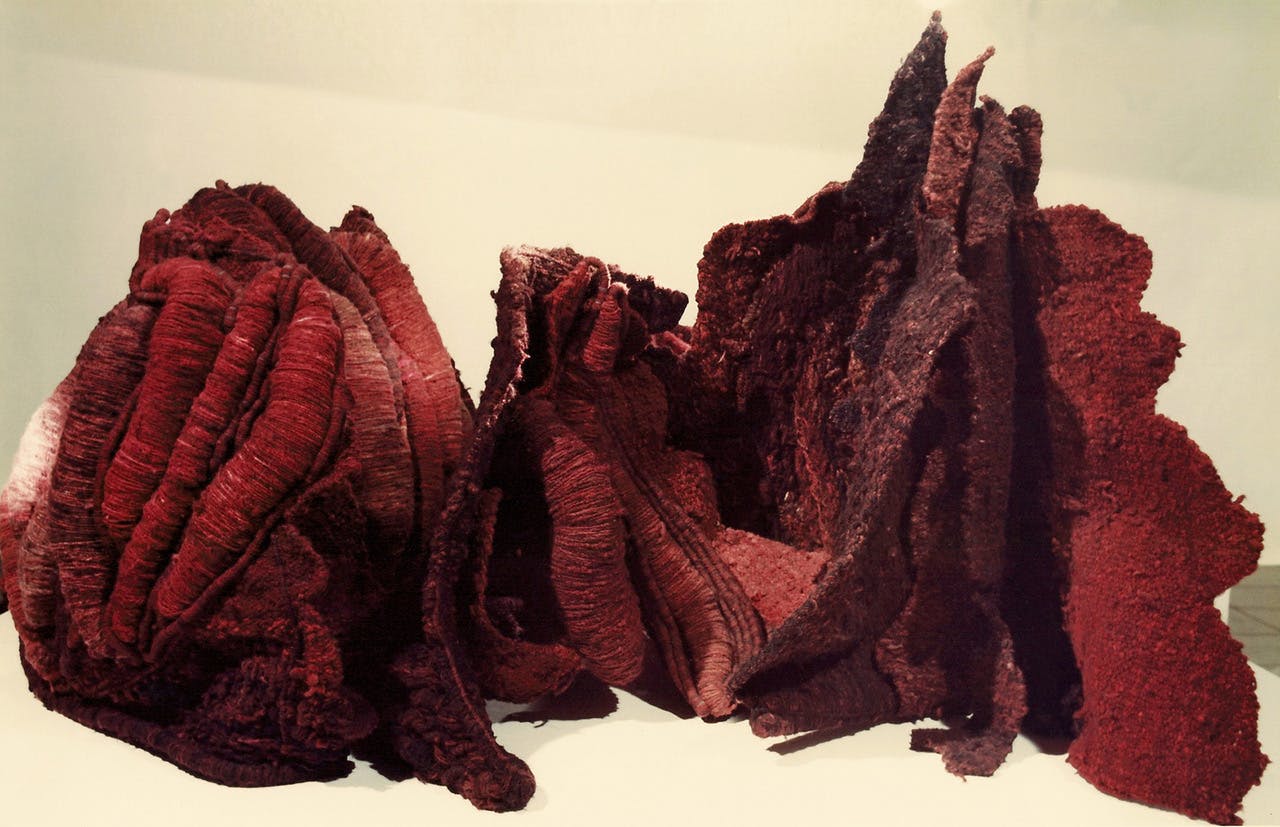
Nora Correas, En carne viva (In the Raw), 1981
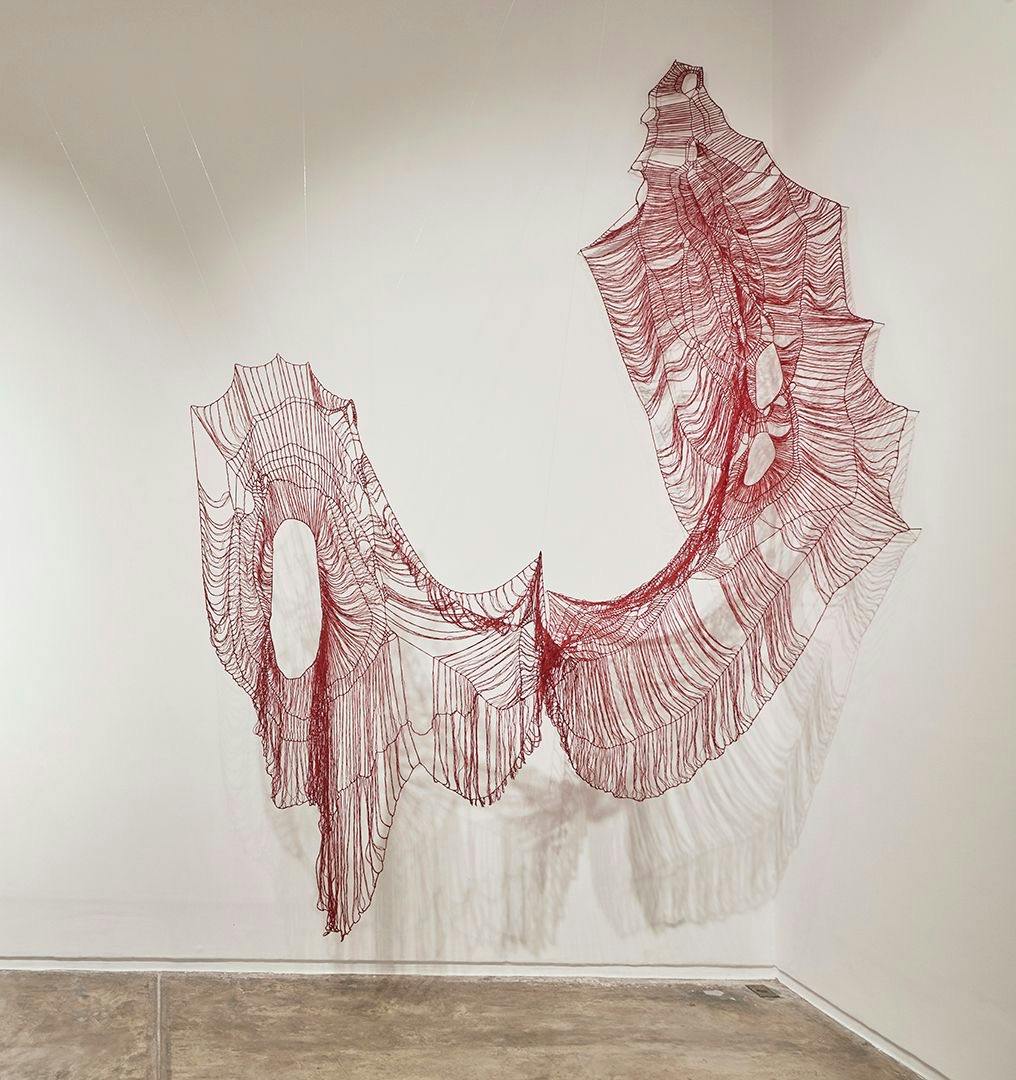
Cristina Flores Pescorán, Revivir (To Revive), 2022

Jorge Eielson, Amazonia XXVII, 1979. © Jorge Eielson and Martha Canfield. Courtesy Archivio e Centro Studi Jorge Eielson. Photo: Arturo Sánchez

Antonio Pichillá, Nudo (Knot), 2015
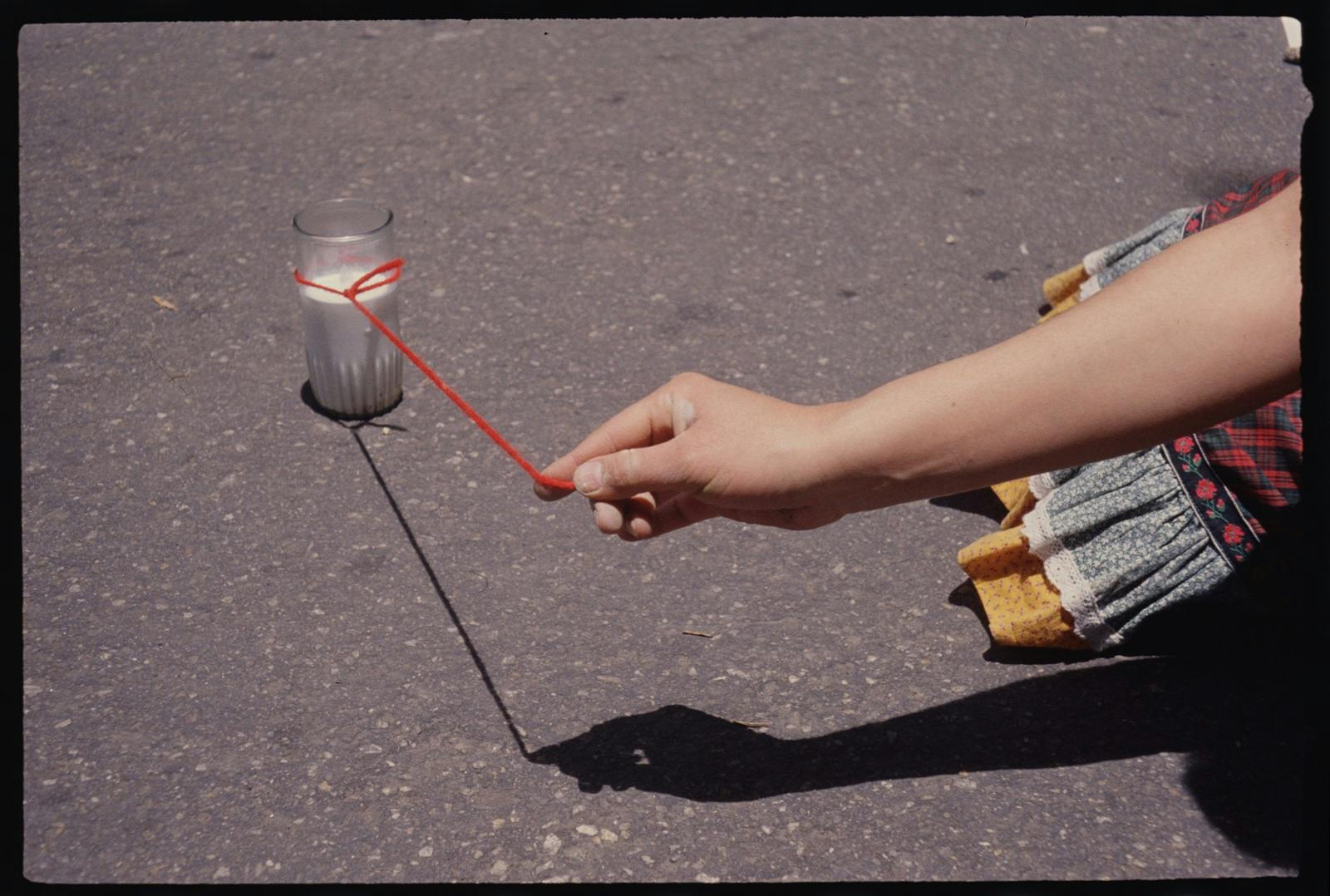
Cecilia Vicuña, Vaso de leche, Bogotá (Glass of Milk, Bogotá), 1979. Performance in front of the House of Simón Bolivar, Bogotá, as part of the collective action Para no morir de hambre en el arte at the invitation of CADA. Photo: Oscar Monsalve. Courtesy the artist and England & Co Gallery, London. © 2024 Cecilia Vicuña / Artists Rights Society (ARS), New York. Courtesy the artist and Lehmann Maupin, New York, Hong Kong, Seoul, and London

John Dugger, Chile vencerá (Chile Will Prevail), Trafalgar Square, London, 1974. © The estate of John Dugger, England & Co, London
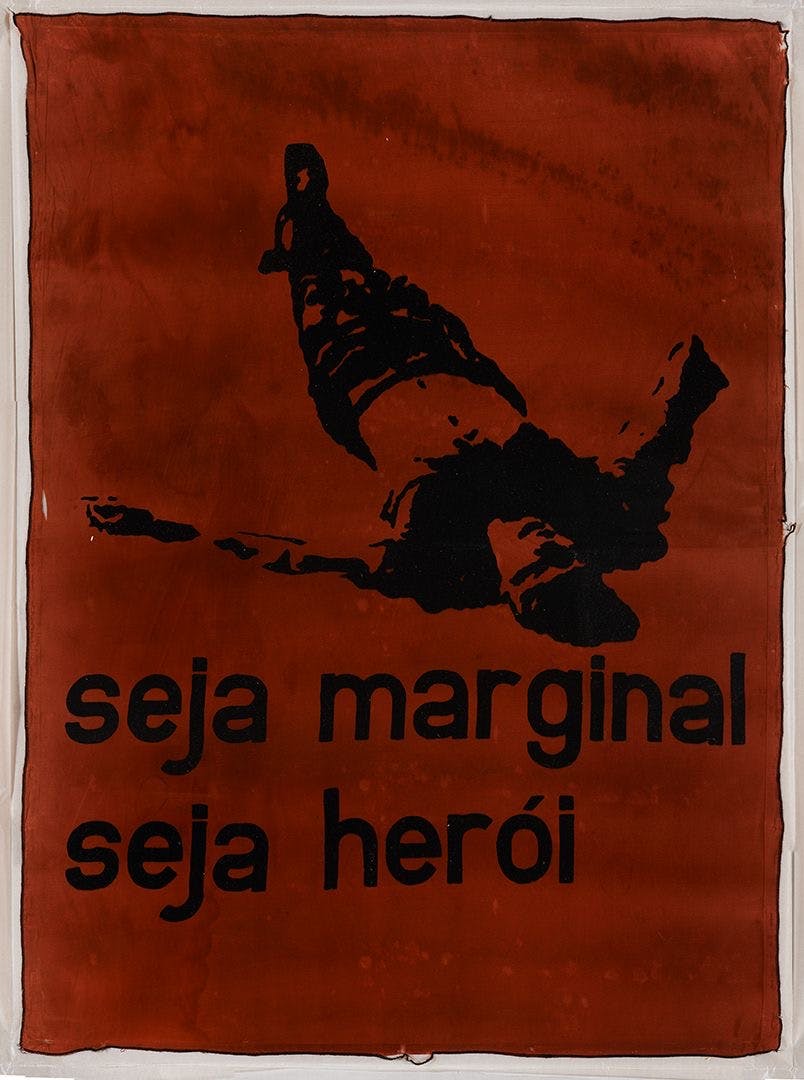
Hélio Oiticica, Seja marginal, seja herói (Be an Outlaw, Be a Hero), 1969. © César and Claudio Oiticica. Courtesy the Projeto Hélio Oiticica

Sandra Monterroso, Decolorando las hebras (Bleaching the Strands), 2011 (still). Courtesy the artist and Cecilia Brunson Projects
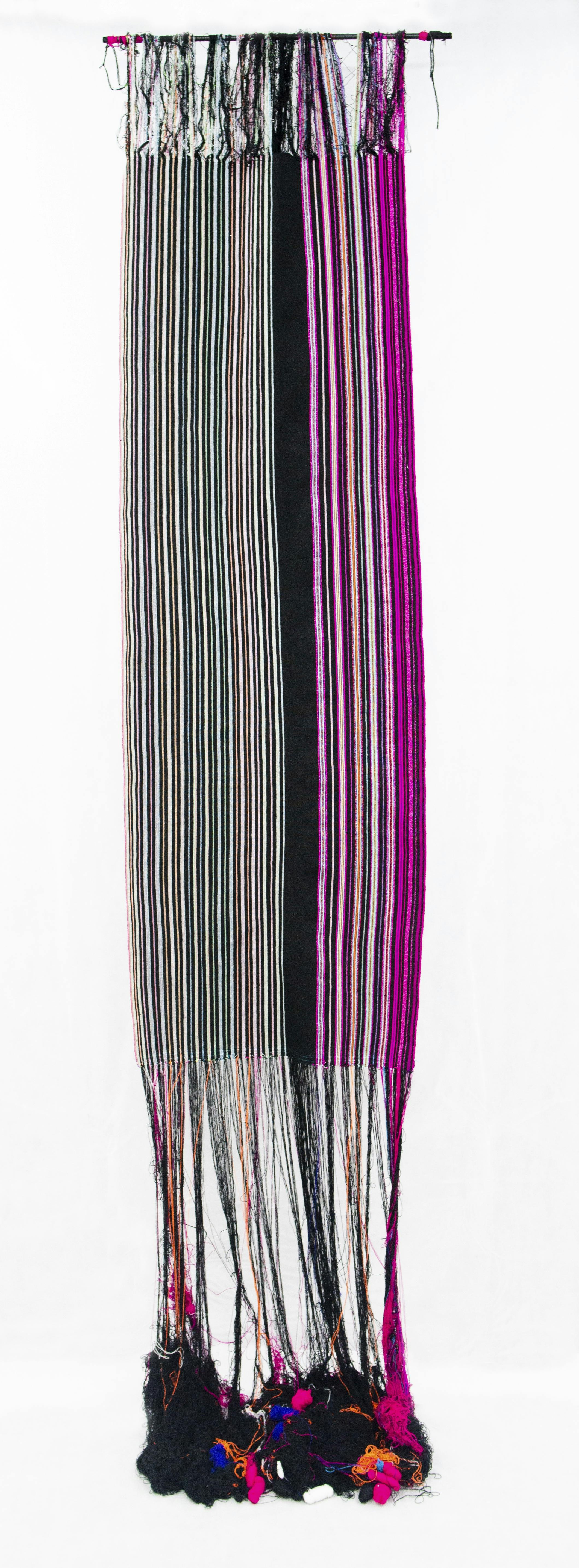
Julieth Morales, Untitled, from the series Recuperar la memoria para recuperarlo todo (Recovering Memory to Recover It All), 2022. Courtesy Espacio El Dorado

Feliciano Centurión, Busco refugio Paraguay (I Seek Shelter Paraguay), 1994. Photo: Arturo Sánchez

Mónica Millán, Rosa Guillermina, 2010 (detail), showing master weaver Sara López
INSTALLATION VIEWS

Installation view of Threads to the South, Institute for Studies on Latin American Art (ISLAA), New York, 2024. Photo: Olympia Shannon

Installation view of Threads to the South, Institute for Studies on Latin American Art (ISLAA), New York, 2024. Photo: Olympia Shannon
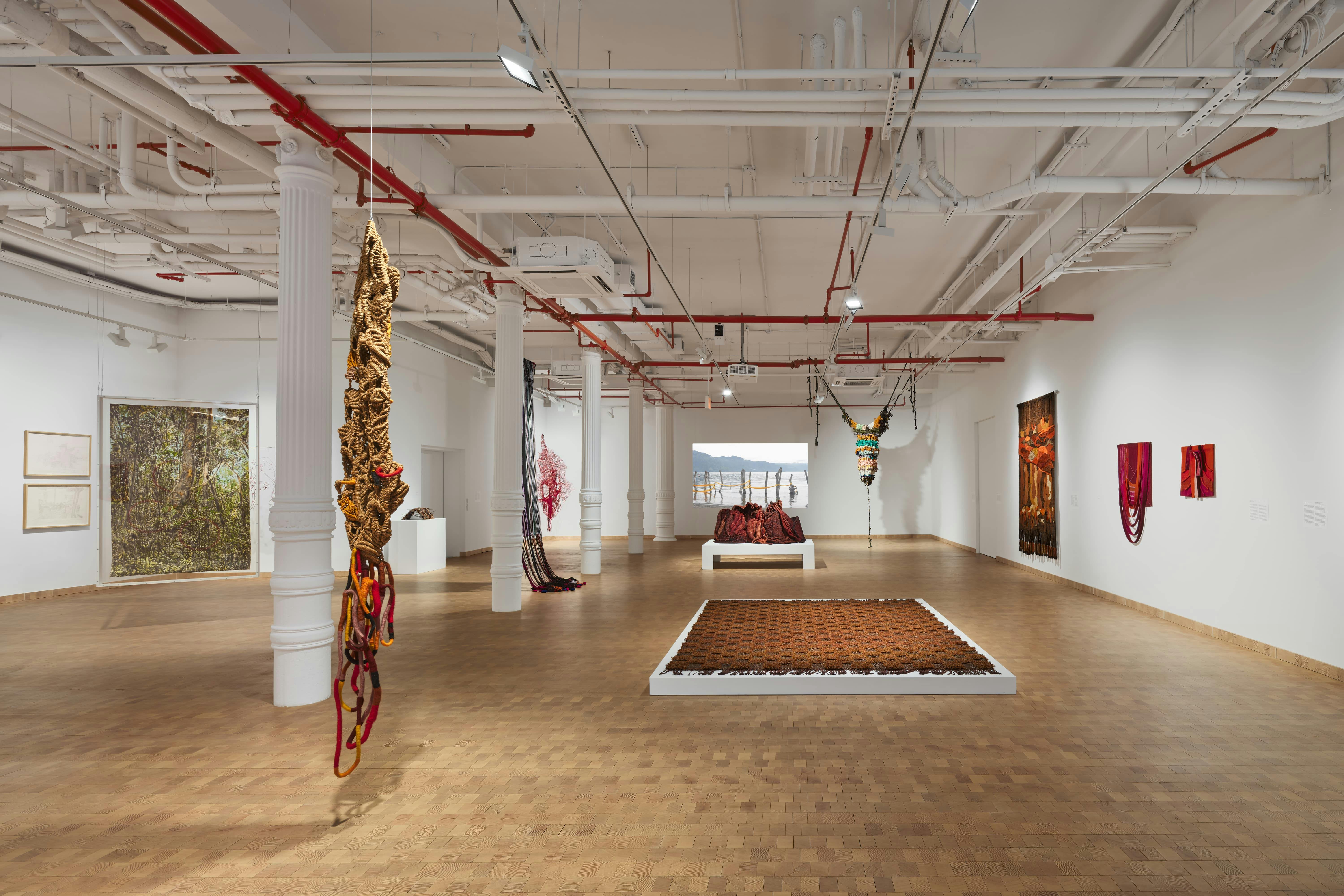
Installation view of Threads to the South, Institute for Studies on Latin American Art (ISLAA), New York, 2024. Photo: Olympia Shannon

Installation view of Threads to the South, Institute for Studies on Latin American Art (ISLAA), New York, 2024. Photo: Olympia Shannon
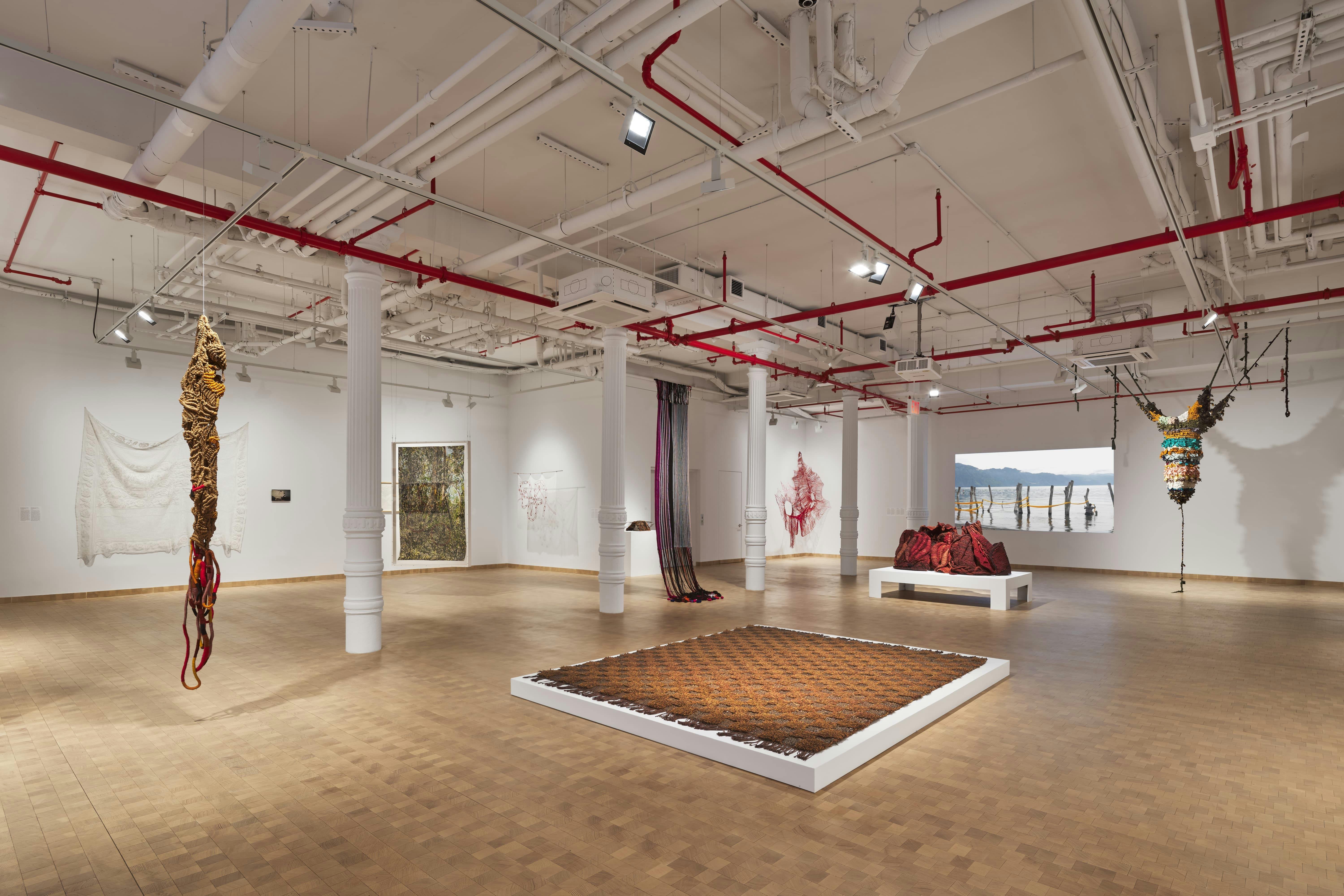
Installation view of Threads to the South, Institute for Studies on Latin American Art (ISLAA), New York, 2024. Photo: Olympia Shannon
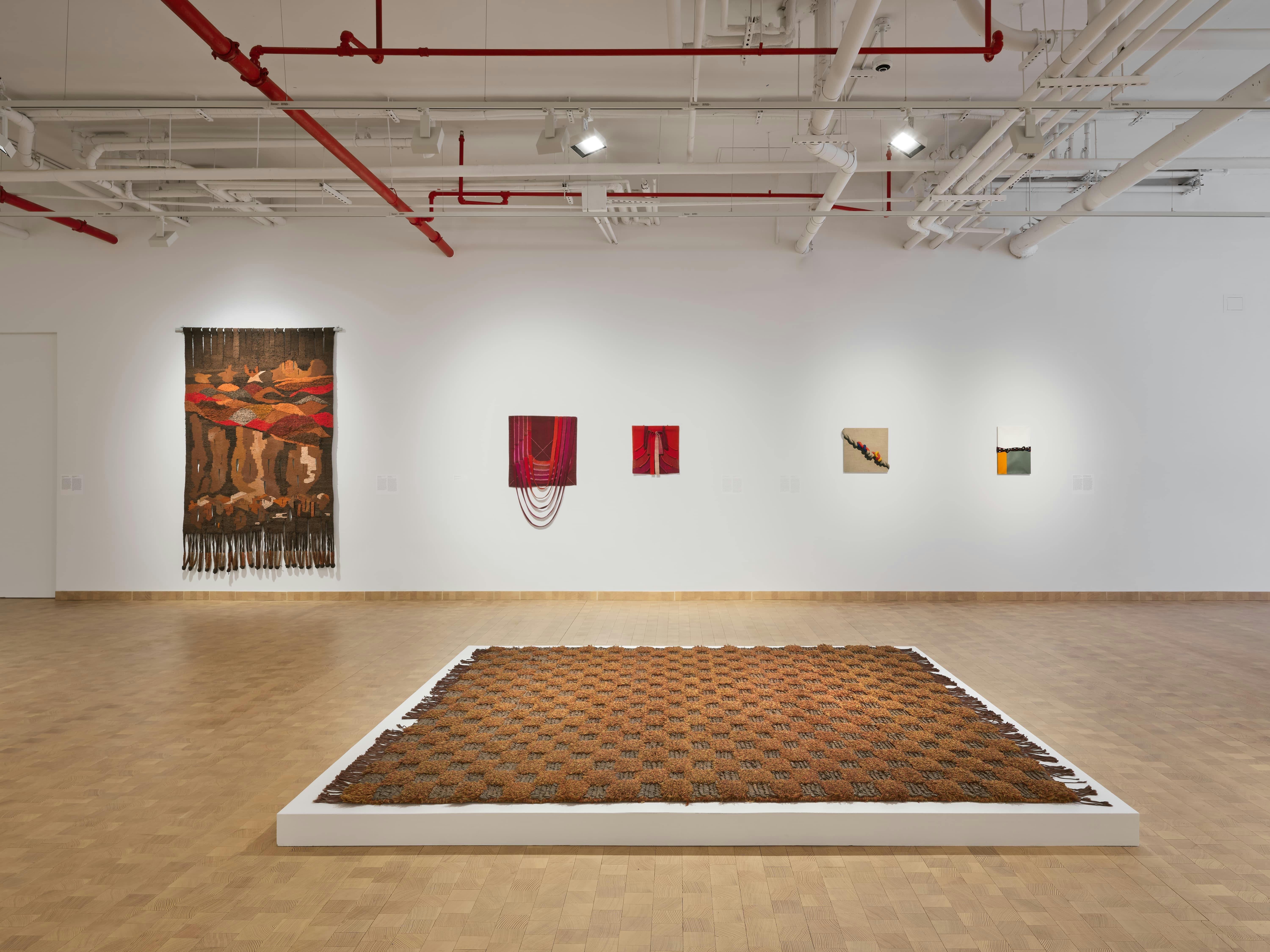
Installation view of Threads to the South, Institute for Studies on Latin American Art (ISLAA), New York, 2024. Photo: Olympia Shannon
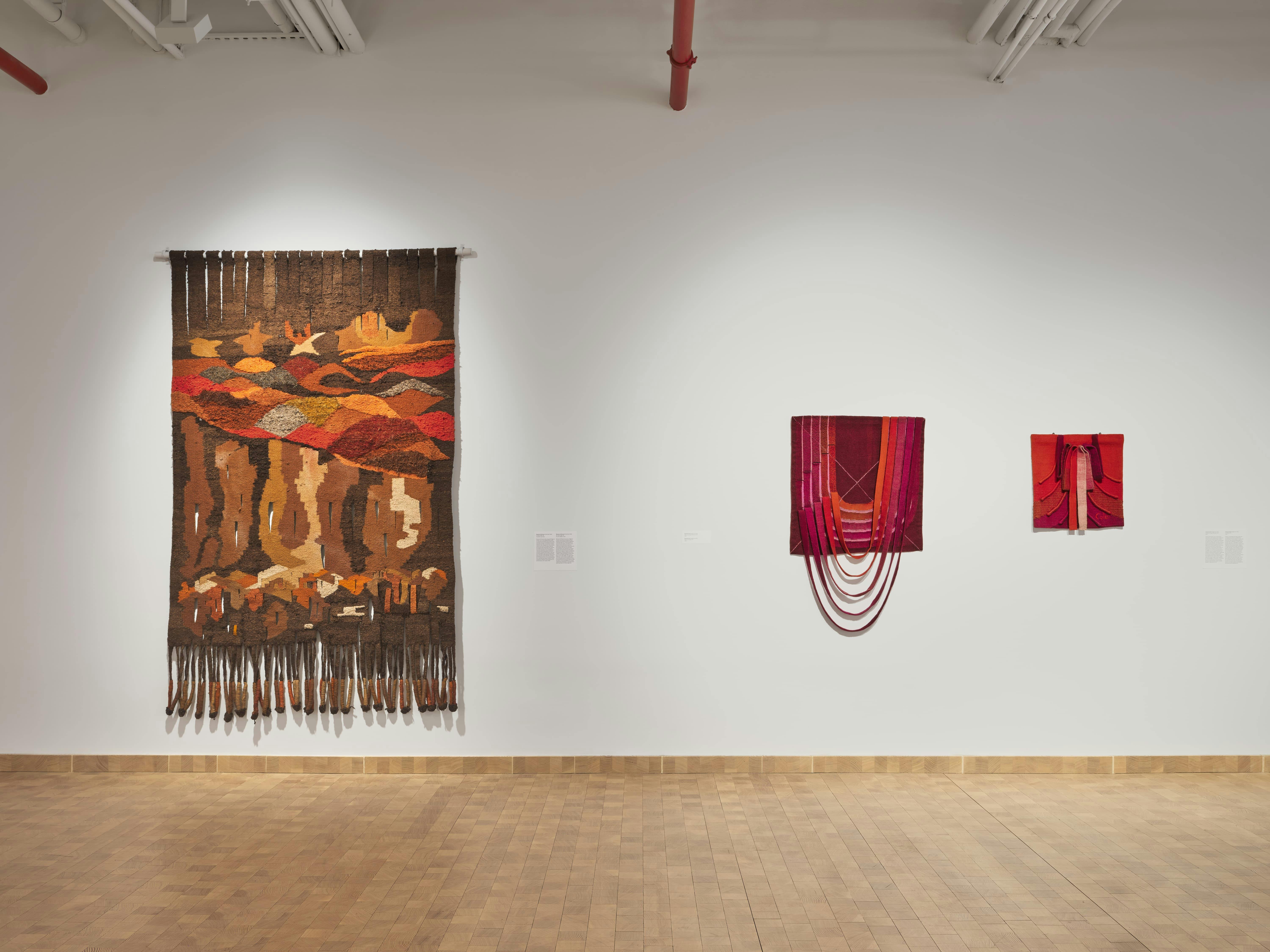
Installation view of Threads to the South, Institute for Studies on Latin American Art (ISLAA), New York, 2024. Photo: Olympia Shannon
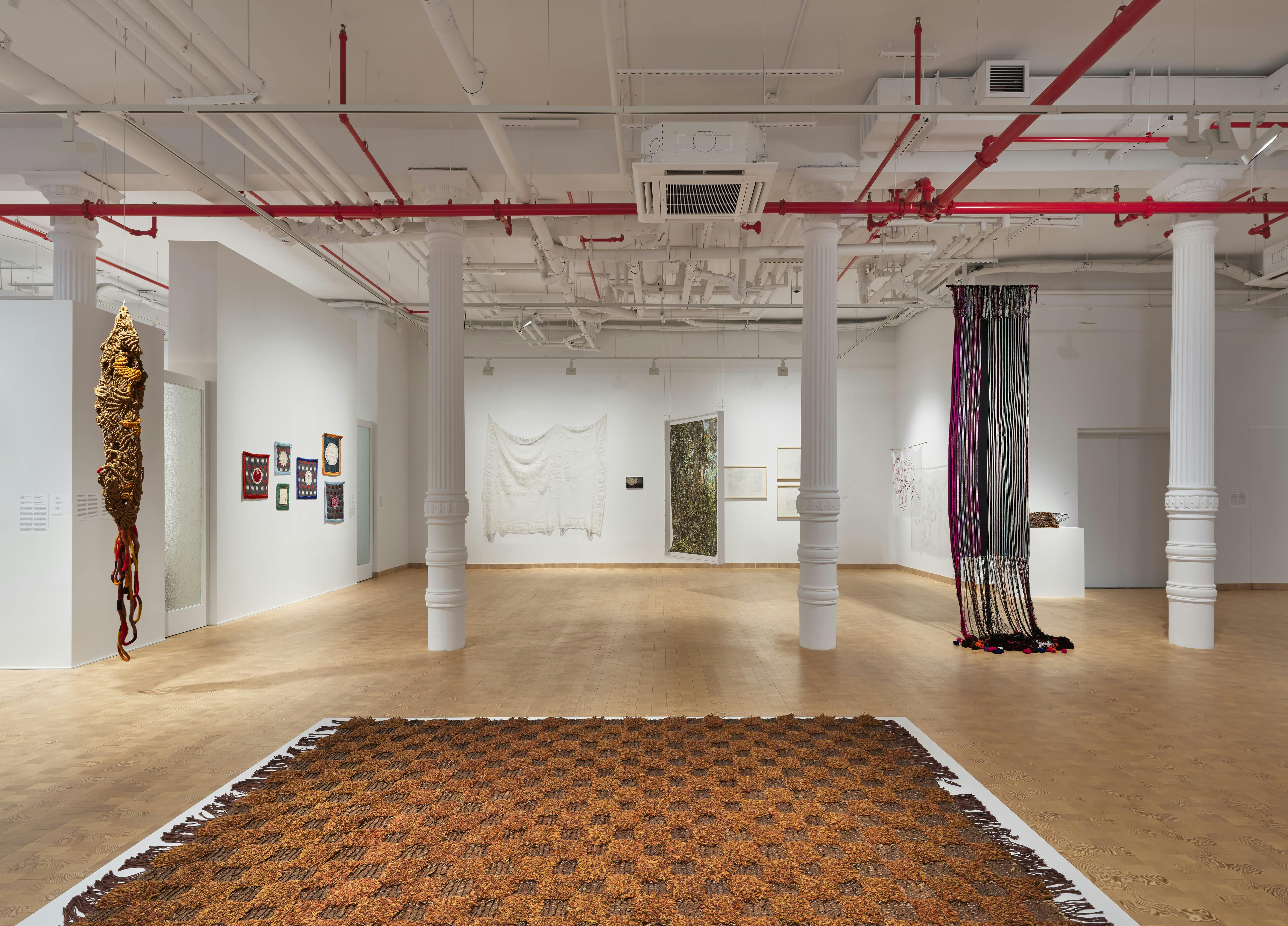
Installation view of Threads to the South, Institute for Studies on Latin American Art (ISLAA), New York, 2024. Photo: Olympia Shannon
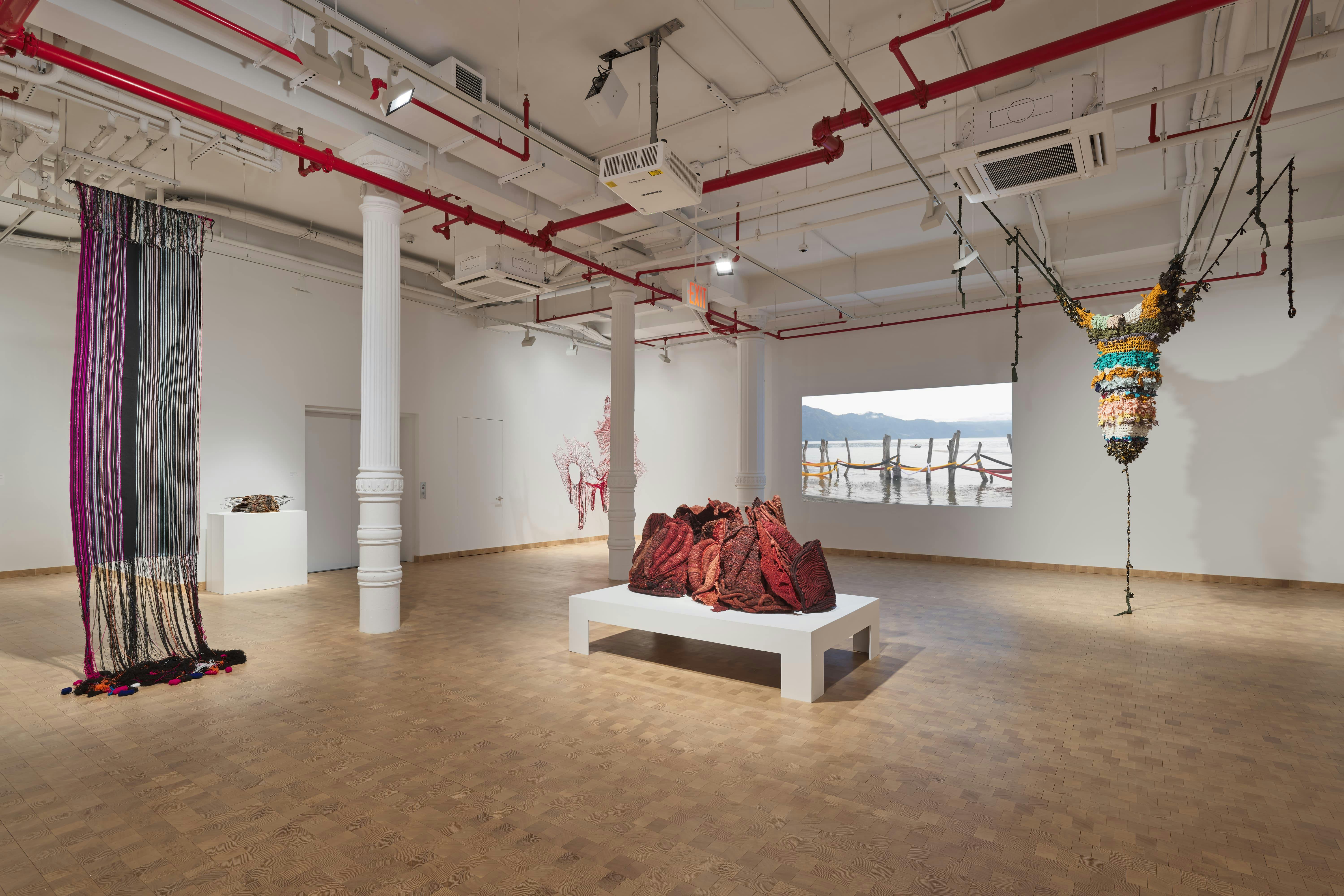
Installation view of Threads to the South, Institute for Studies on Latin American Art (ISLAA), New York, 2024. Photo: Olympia Shannon
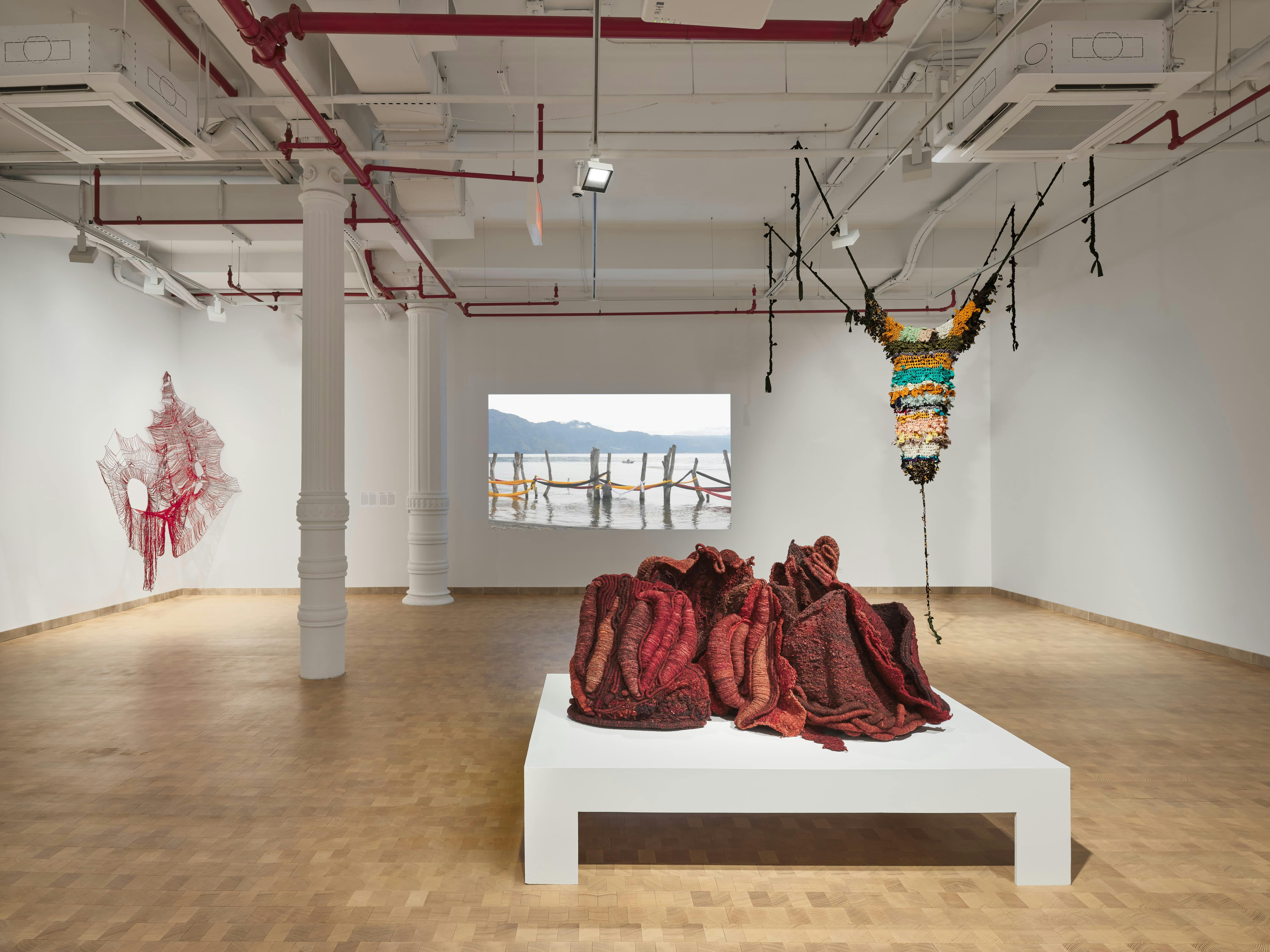
Installation view of Threads to the South, Institute for Studies on Latin American Art (ISLAA), New York, 2024. Photo: Olympia Shannon
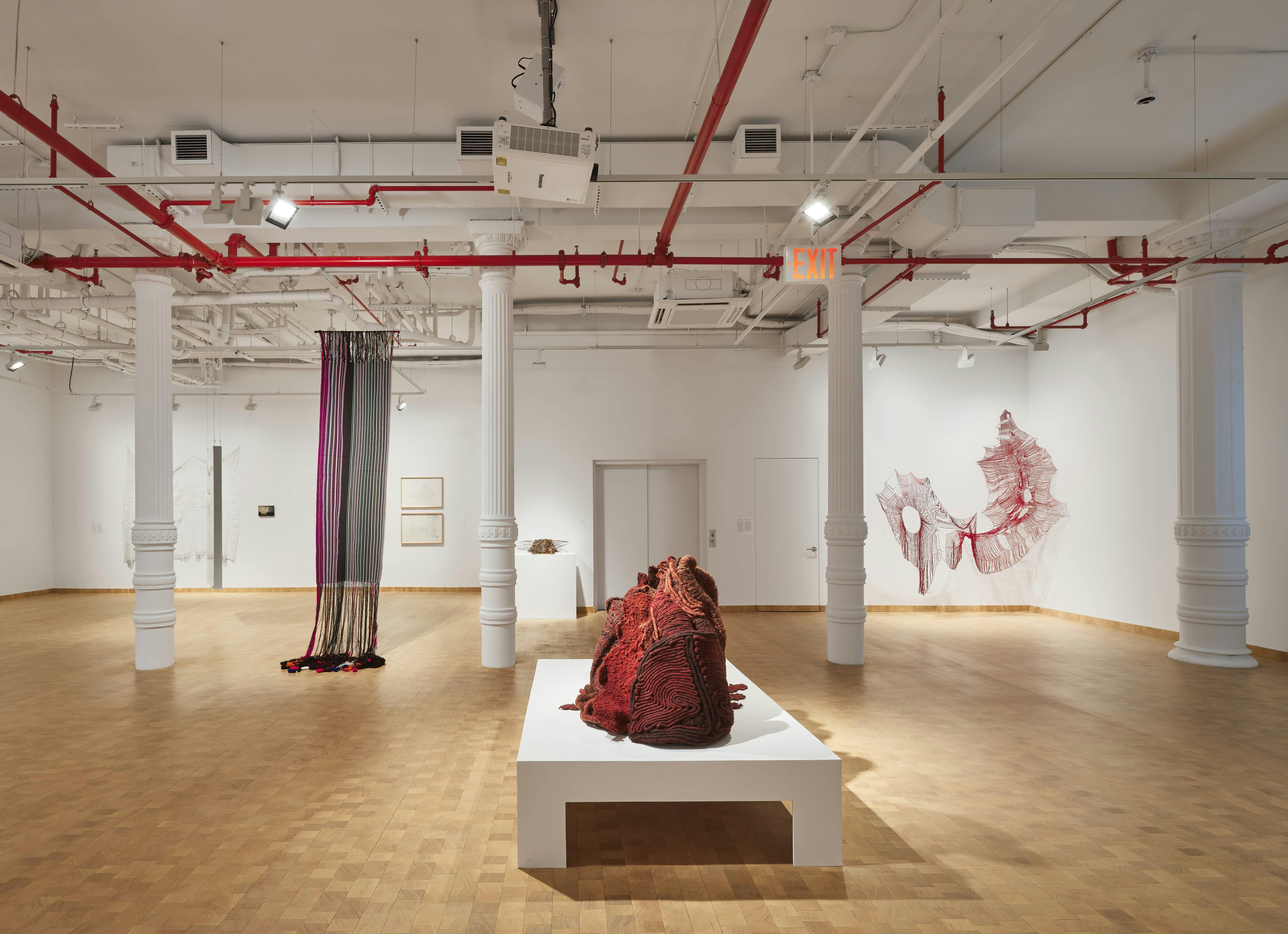
Installation view of Threads to the South, Institute for Studies on Latin American Art (ISLAA), New York, 2024. Photo: Olympia Shannon
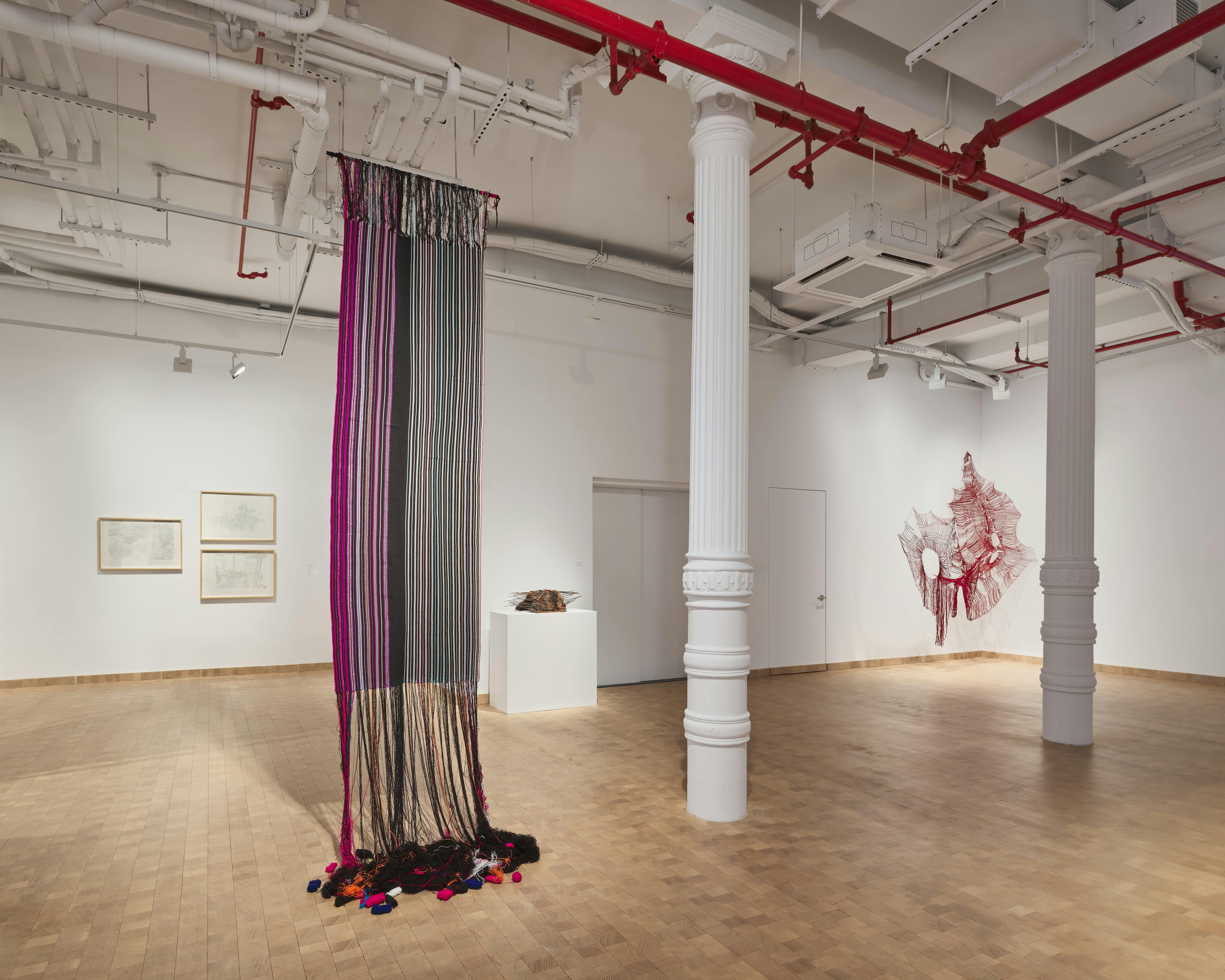
Installation view of Threads to the South, Institute for Studies on Latin American Art (ISLAA), New York, 2024. Photo: Olympia Shannon

Installation view of Threads to the South, Institute for Studies on Latin American Art (ISLAA), New York, 2024. Photo: Olympia Shannon

Installation view of Threads to the South, Institute for Studies on Latin American Art (ISLAA), New York, 2024. Photo: Olympia Shannon

Installation view of Threads to the South, Institute for Studies on Latin American Art (ISLAA), New York, 2024. Photo: Olympia Shannon

Installation view of Threads to the South, Institute for Studies on Latin American Art (ISLAA), New York, 2024. Photo: Olympia Shannon

Installation view of Threads to the South, Institute for Studies on Latin American Art (ISLAA), New York, 2024. Photo: Olympia Shannon

Installation view of Threads to the South, Institute for Studies on Latin American Art (ISLAA), New York, 2024. Photo: Olympia Shannon

Installation view of Threads to the South, Institute for Studies on Latin American Art (ISLAA), New York, 2024. Photo: Olympia Shannon
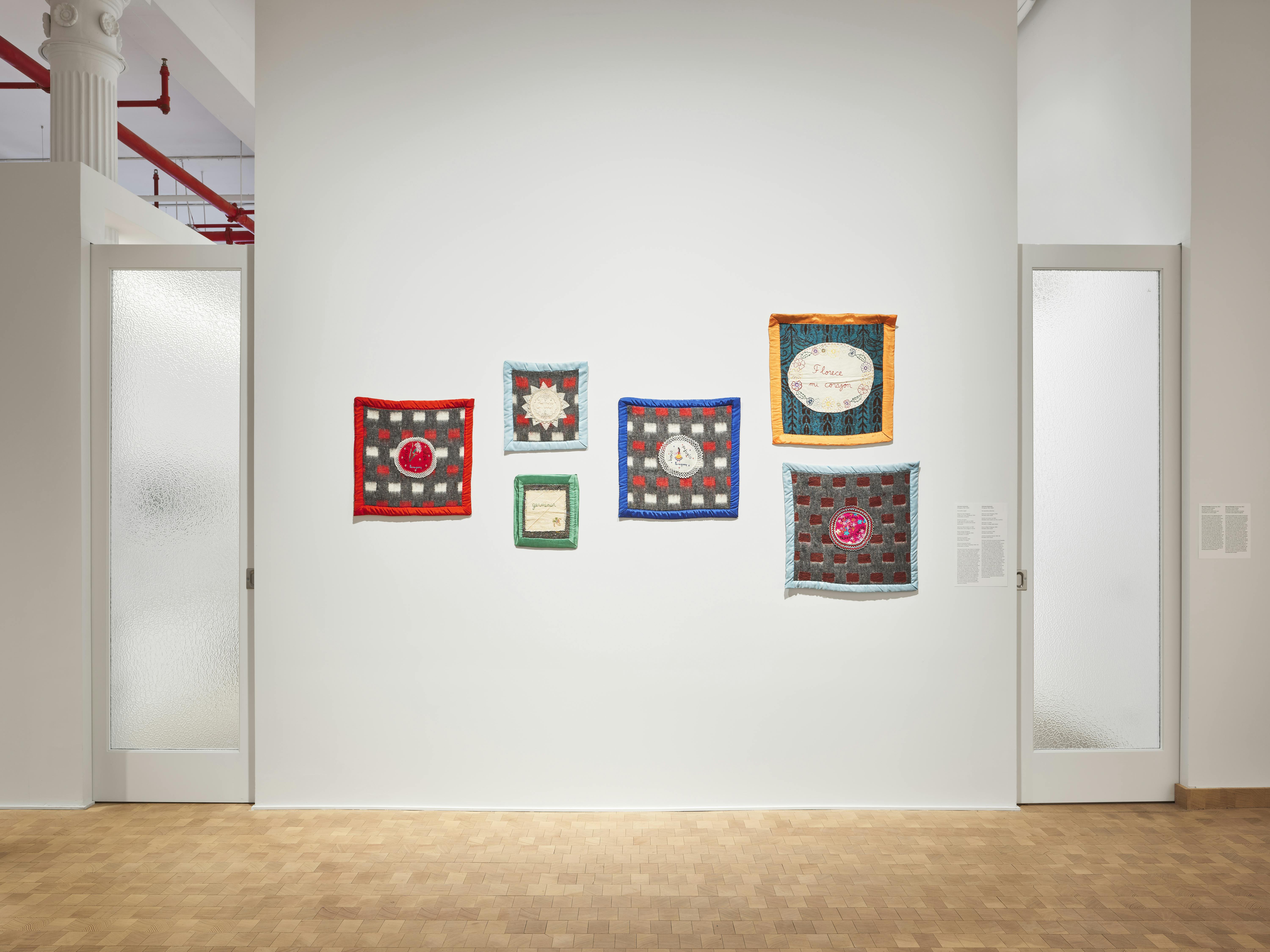
Installation view of Threads to the South, Institute for Studies on Latin American Art (ISLAA), New York, 2024. Photo: Olympia Shannon

Installation view of Threads to the South, Institute for Studies on Latin American Art (ISLAA), New York, 2024. Photo: Olympia Shannon
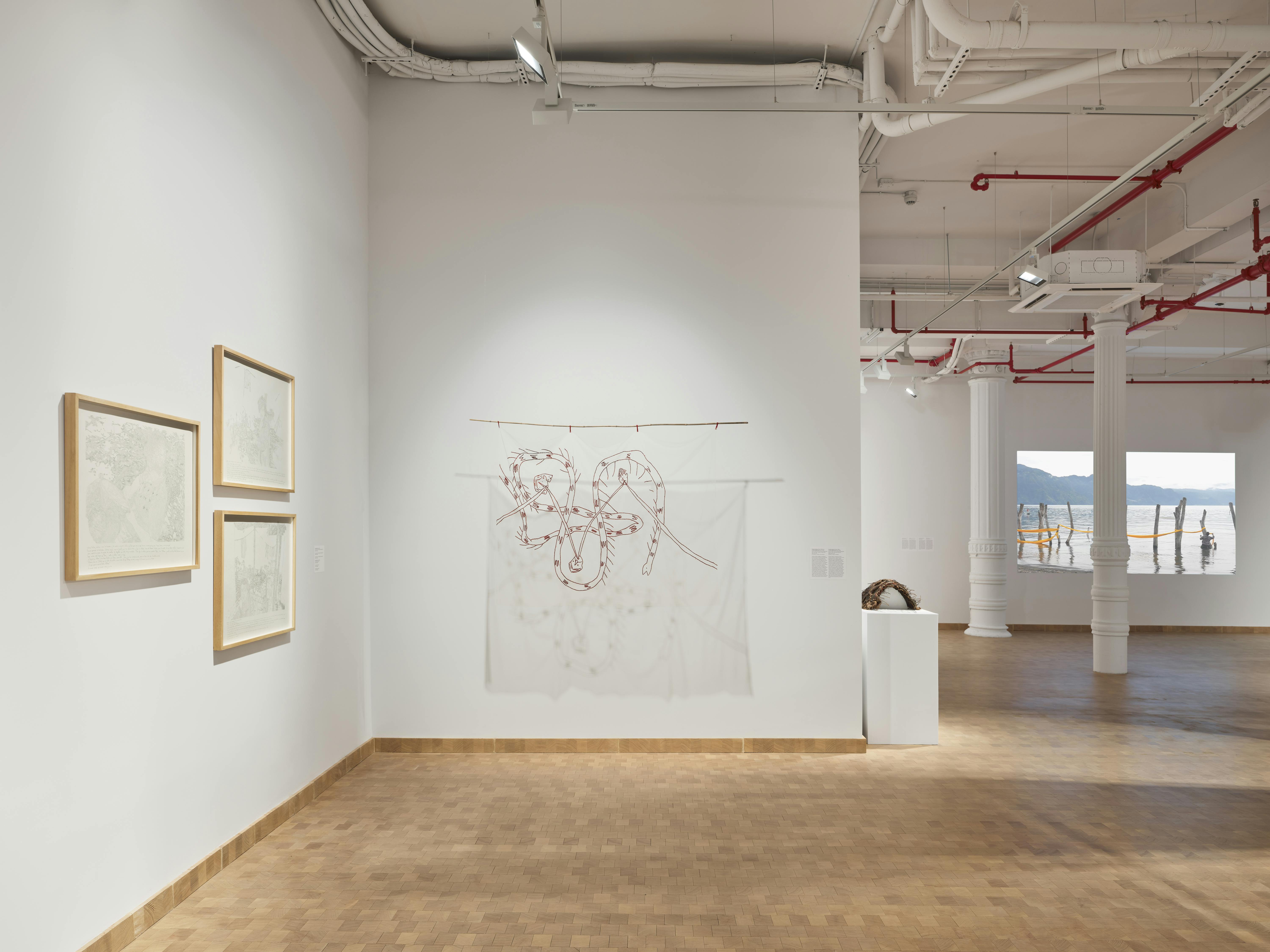
Installation view of Threads to the South, Institute for Studies on Latin American Art (ISLAA), New York, 2024. Photo: Olympia Shannon
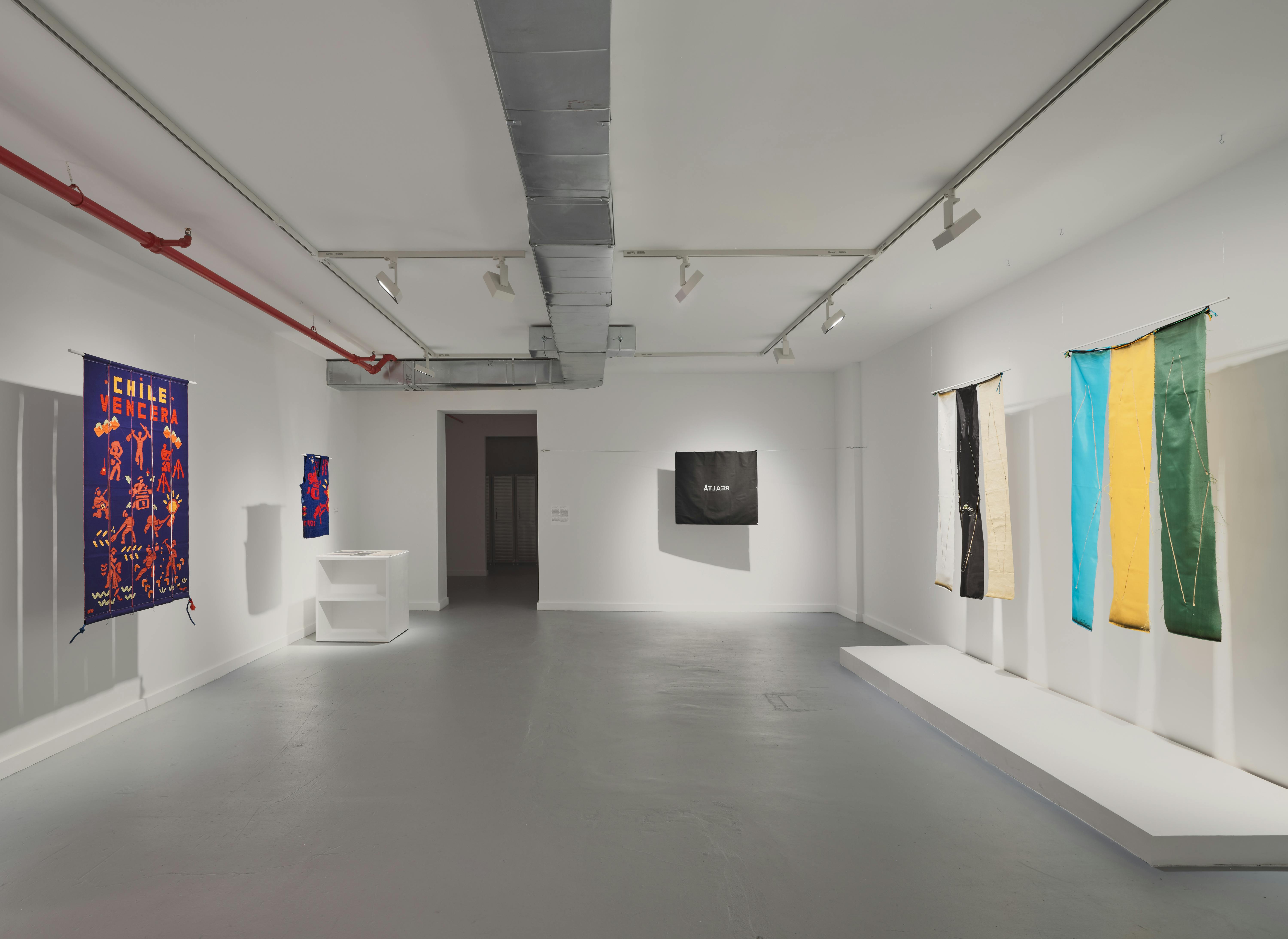
Installation view of Threads to the South, Institute for Studies on Latin American Art (ISLAA), New York, 2024. Photo: Olympia Shannon
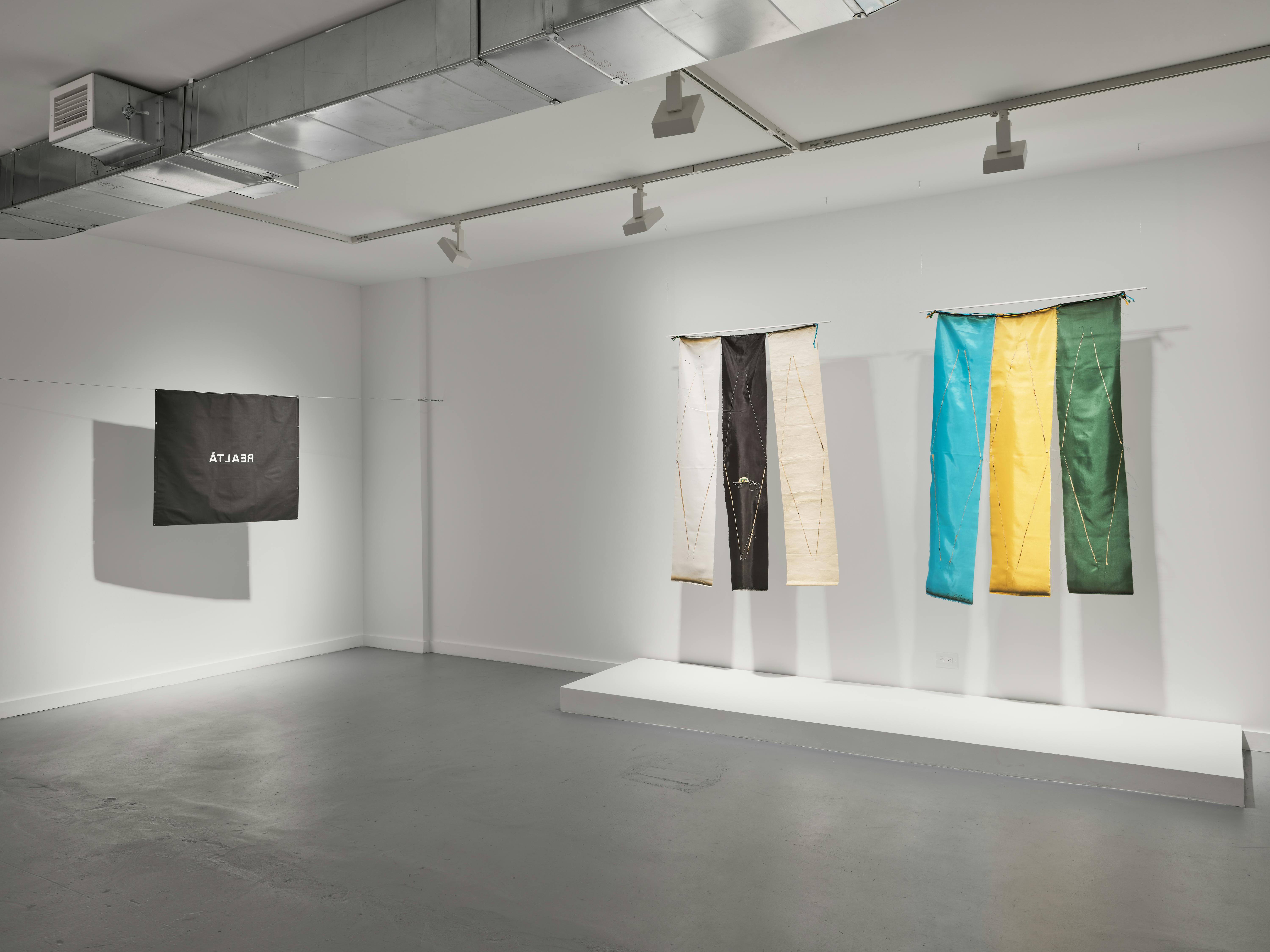
Installation view of Threads to the South, Institute for Studies on Latin American Art (ISLAA), New York, 2024. Photo: Olympia Shannon
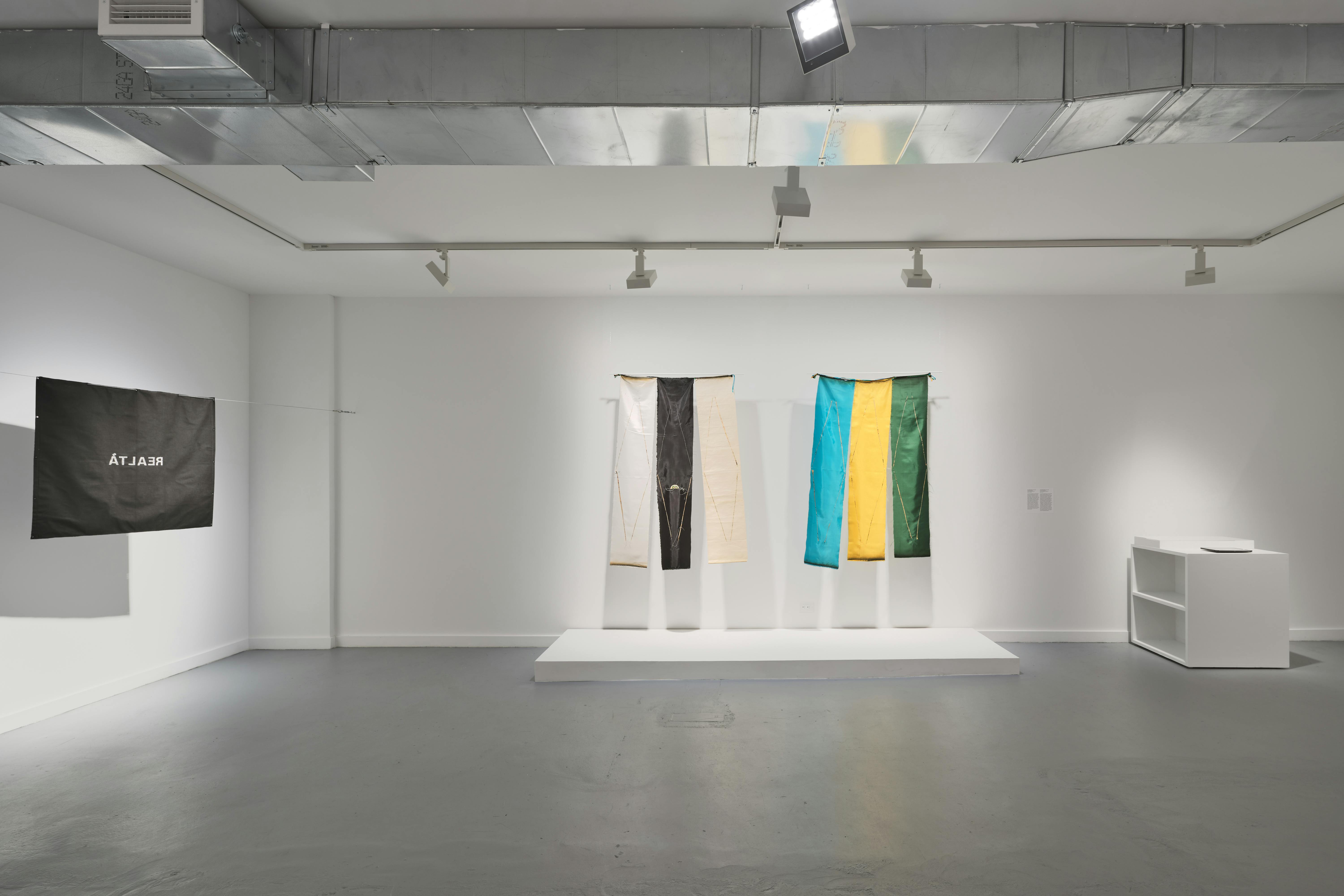
Installation view of Threads to the South, Institute for Studies on Latin American Art (ISLAA), New York, 2024. Photo: Olympia Shannon

Installation view of Threads to the South, Institute for Studies on Latin American Art (ISLAA), New York, 2024. Photo: Olympia Shannon
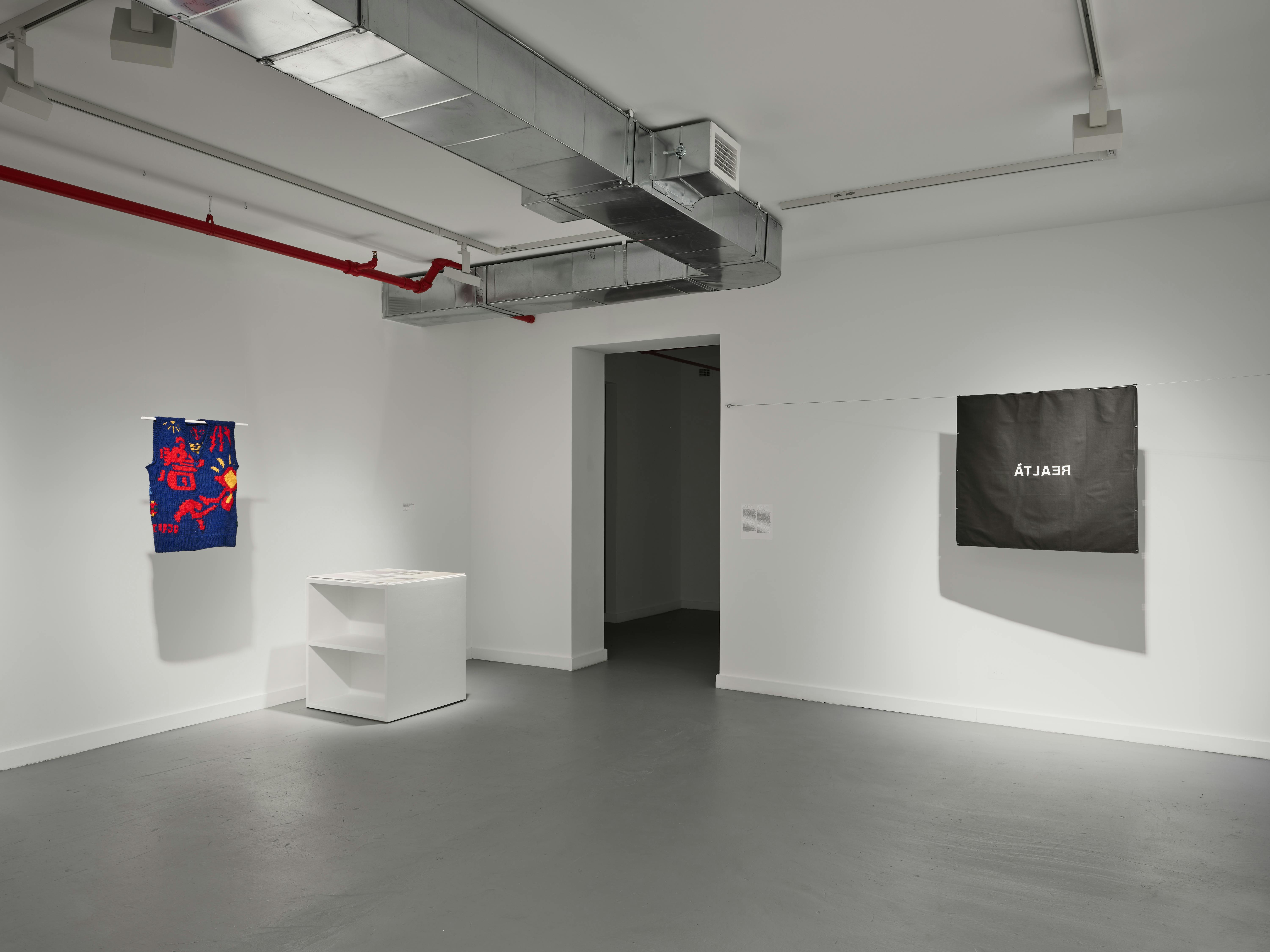
Installation view of Threads to the South, Institute for Studies on Latin American Art (ISLAA), New York, 2024. Photo: Olympia Shannon

Installation view of Threads to the South, Institute for Studies on Latin American Art (ISLAA), New York, 2024. Photo: Olympia Shannon
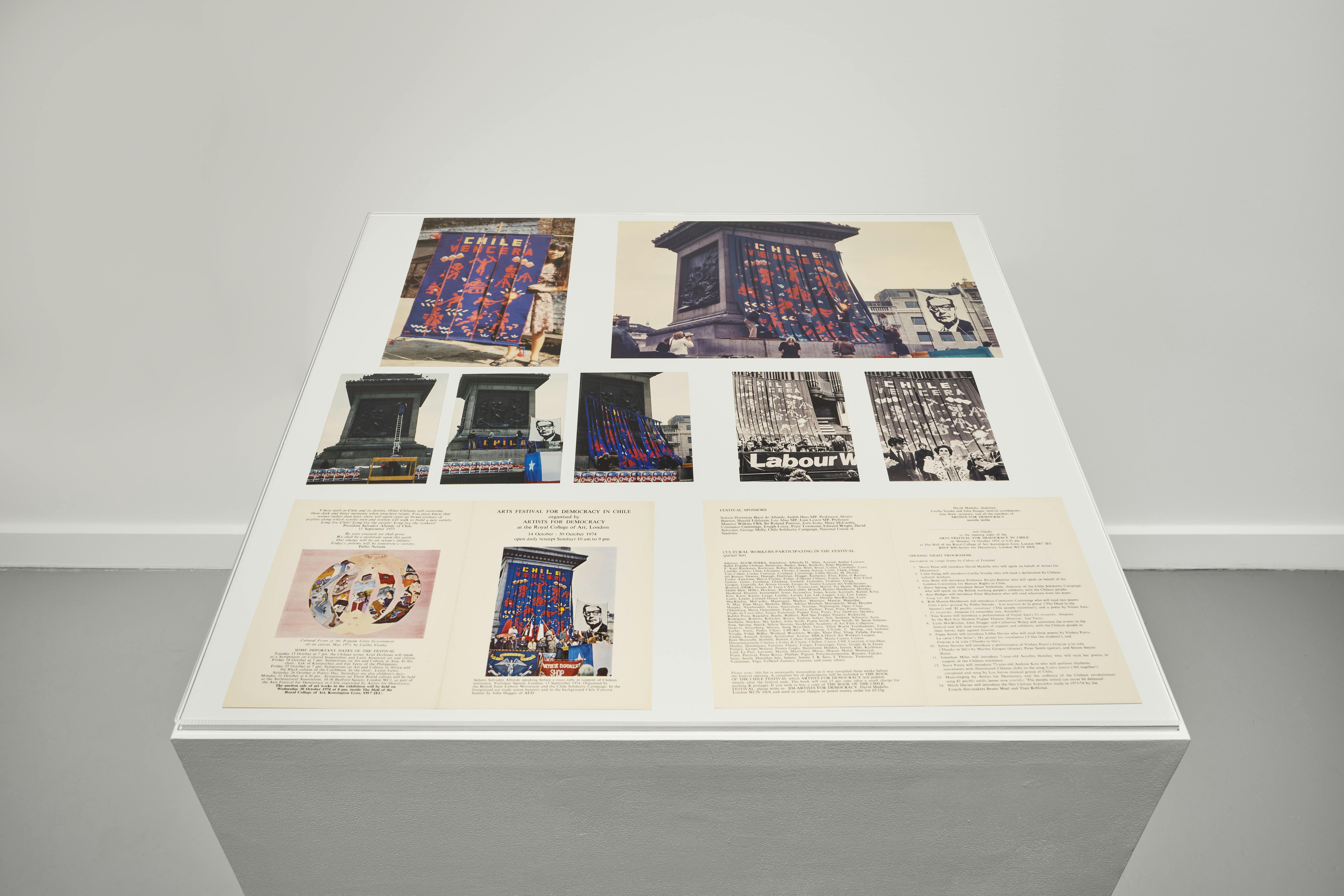
Installation view of Threads to the South, Institute for Studies on Latin American Art (ISLAA), New York, 2024. Photo: Olympia Shannon

Installation view of Threads to the South, Institute for Studies on Latin American Art (ISLAA), New York, 2024. Photo: Olympia Shannon
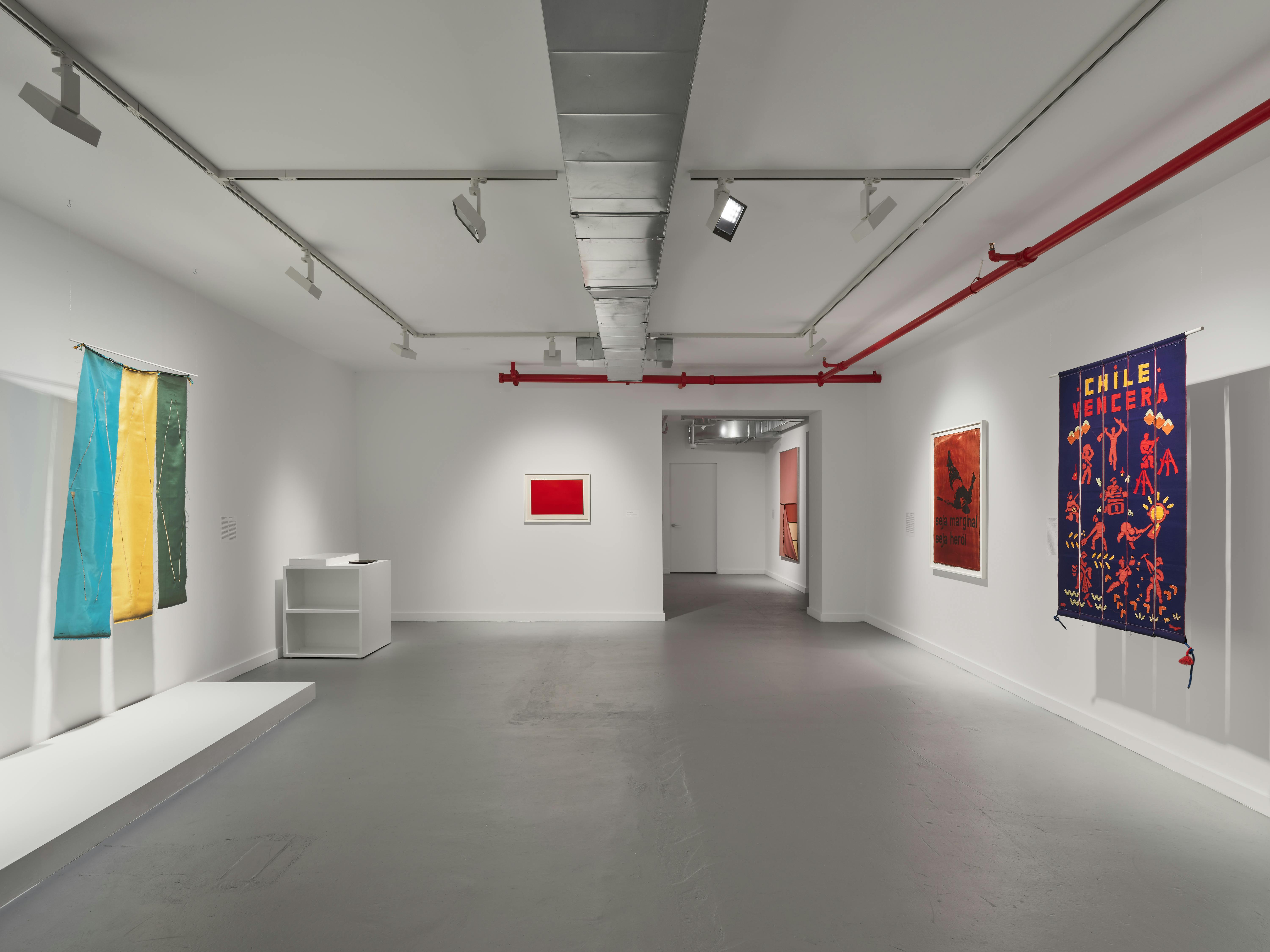
Installation view of Threads to the South, Institute for Studies on Latin American Art (ISLAA), New York, 2024. Photo: Olympia Shannon

Installation view of Threads to the South, Institute for Studies on Latin American Art (ISLAA), New York, 2024. Photo: Olympia Shannon
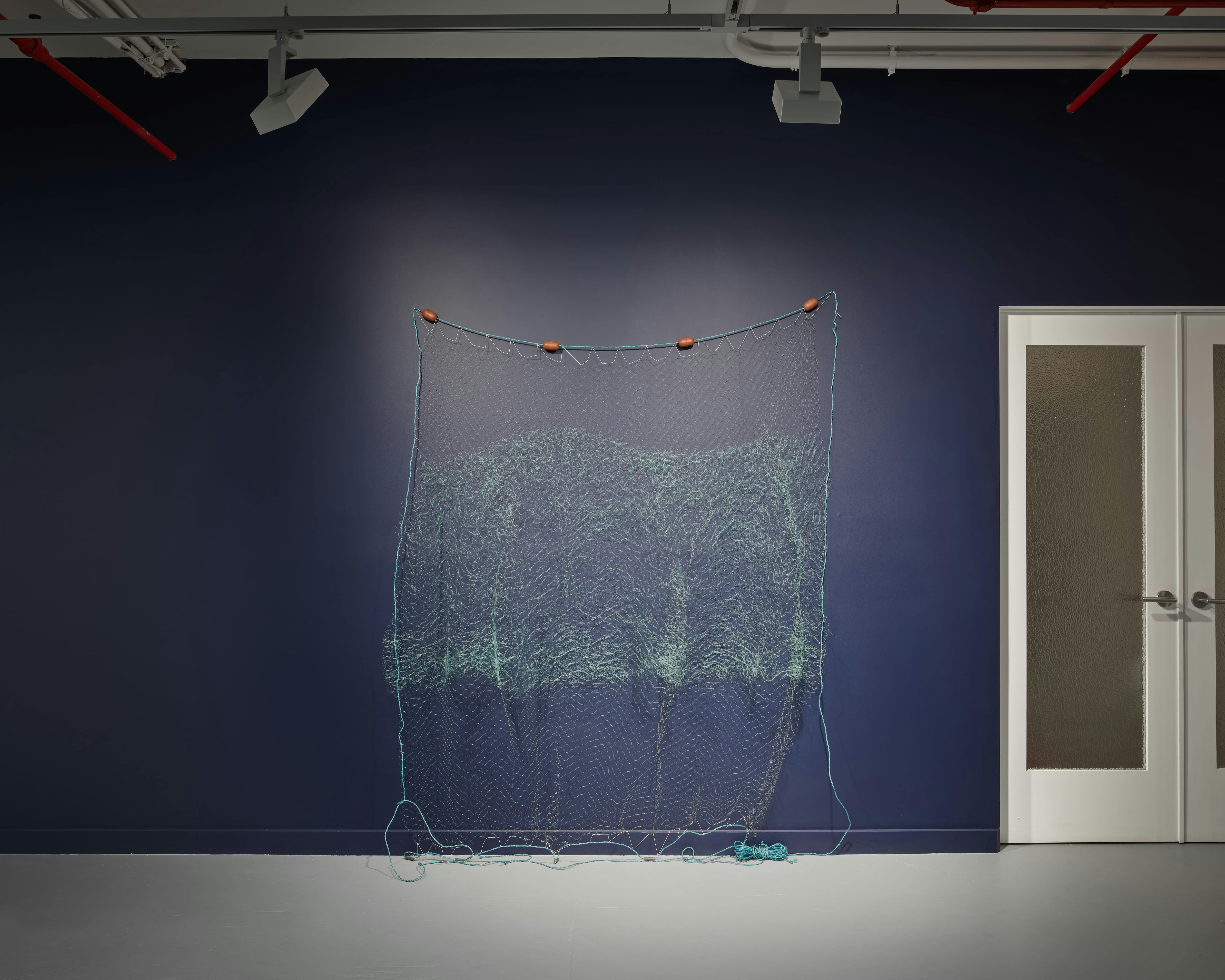
Installation view of Threads to the South, Institute for Studies on Latin American Art (ISLAA), New York, 2024. Photo: Olympia Shannon
Olga de Amaral (b. 1932) was born in Bogotá, where she continues to live and work. She studied architectural drafting at the Universidad Colegio Mayor de Cundinamarca in Bogotá, leaving for the United States in 1952 to study textiles at the Cranbrook Academy of Art outside of Detroit, Michigan. By the 1960s, she had become a teacher at the Haystack Mountain School of Crafts in Maine and was included in a group exhibition titled Wall Hangings at New York’s Museum of Modern Art before staging a solo show, titled Woven Walls, at New York’s Museum of Arts and Design in 1970. After living in Barcelona and Paris in the early 1970s, she returned to Colombia, representing her country at the Venice Biennale in 1986 and receiving her first major survey show at Bogotá’s Museo de Arte Moderno in 1993. Her work is in many major collections worldwide, including the Art Institute of Chicago; the Blanton Museum of Art, Austin; the Cleveland Museum of Art; the Cranbrook Art Museum, Detroit; the de Young Museum, San Francisco; and the Metropolitan Museum of Art, New York, among others.
Gustavo Caboco (b. 1989) is a Wapichana visual artist, who works in the fields of visual arts, literature, and cinema. His work explores multiple media, such as drawing, painting, textiles, installation, performance, photography, video, sound, and text to propose different ways of thinking about the displacement of Indigenous bodies. His work reclaims memory and autonomous research in museum collections that aim to contribute to the struggle of Indigenous peoples. His work has been included in exhibitions at the 34th São Paulo Biennale, the Bank of Brazil Cultural Center, and the 4th Ghetto Biennale in Port-Au-Prince, Haiti. He is the author of the book Baaraz Kawau (2019). In 2021, Caboco designed the research project Retomada daimagem (Reimagining Colonial Images) for the Paraná Museum of Contemporary Art’s photography collection, which resulted in an exhibition.
Feliciano Centurión (1962–1996) was born in San Ignacio de las Misiones, Paraguay, in 1962 and settled in Argentina in 1974. Celebrated for his introspective work, he is best known for his embroidered and painted textiles that engage with folk art and queer aesthetics, produced using repurposed cloth and often embellished with diaristic phrases. Centurión was part of the group of artists associated with the gallery of the Cultural Center Ricardo Rojas at the University of Buenos Aires in the 1990s and represented Paraguay in the fifth Havana Biennial in 1994. His first retrospective in the United States, Feliciano Centurión: Abrigo, was presented at Americas Society in New York in 2020.
Manuel Chavajay (b. 1982) lives in San Pedro La Laguna, Guatemala. He is a Tz’utujil Maya artist who seeks to construct images, actions, and objects that provide poetic forms of denunciation and reclamation of his culture. His personal narrative is marked by the violence of the country’s armed conflict, of which he and his family were direct victims. Aligned with other Indigenous artists of his generation, Chavajay regards contemporary art as a space for healing. His work draws upon the wisdom of practices and spirituality linked to the Maya worldview: a deep connection with nature, life, and the intrinsic energy present of existence. This ethos reflects a resilient way of thinking and living that survives despite the material and symbolic threats posed by globalization. In recent years, Chavajay’s works have been shown in institutions such as the Museum of Contemporary Art, Santa Barbara, California; the Centre Pompidou, Paris; the National Gallery of Canada, Ottawa; Kunsthalle Wien, Vienna; the SIART Biennial, La Paz, Bolivia; the Bienal Internacional de Arte Contemporânea de Curitiba, Brazil; and the Bienal de Artes Visuales del Istmo Centroamericano (Ciudad de Guatemala; Managua, Nicaragua; San José, Costa Rica; Ciudad de Panamá; and San Salvador, El Salvador). His works are part of the collections of institutions such as the Museo Ortiz Gurdián, León, Nicaragua; the Museo Nacional Centro de Arte Reina Sofía, Madrid; the Inter-American Development Bank, Washington, DC; and the National Gallery of Canada, as well as various private collections.
Nora Correas (b. 1942) is an Argentine artist whose work spans textile art, sculpture, and installation. Her works consist of a wide range of materials, such as resin, oil, and found objects, that she configures into forms that reference nature and society. Since 1985, she has veered into installation and sculpture as her principal mediums, resulting in various large-scale projects that have been exhibited internationally in places such as Museo Carlos Alonso, Mendoza, Argentina; Pan American Art Projects, Miami; and Les Champs de la Sculpture 2000, Paris, among others.
Gracia Cutuli (b. 1937) was born in Buenos Aires, where she lives and works. She graduated from the Escuela de Bellas Artes Manuel Belgrano in 1958. She taught painting at the Academia Nacional de Bellas Artes in Buenos Aires and was a researcher at the Universidad de Buenos Aires from 1991 to 2002. She has participated in 59 solo exhibitions and 269 group exhibitions in Argentina, Australia, Brazil, Canada, Cuba, Chile, France, Hungary, Italy, Spain, the United States, and Japan. In 1978, she received the Grand Prize of Honor at the Salón Nacional de Tapices in Buenos Aires. In 1982, she received the Platinum Konex Award. Through the integration of textiles with contemporary art, Cutuli recalls multiple Southern American ancestral communities through Maya, Nazca, and Mapuche iconography.
Antonio Dias (1944–2018) moved to Rio de Janeiro from Campina Grande with his family in 1957. He began working as a draftsman and graphic designer, cultivating art as an autodidact in his spare time. In the early 1960s, Dias began frequenting the studio of Oswaldo Goeldi, the celebrated modernist printmaker, at the Escola Nacional de Belas Artes. Although Dias was grouped with the Brazilian New Figuration, his practice was interwoven with the legacy of the Concrete movement and the revolutionary impetus of Tropicália. While his early sculptural works contained an abstract geometric vocabulary, Dias’s training drew him to paper and canvas. In 1965, he won the painting award from the Biennale des Jeunes Artistes of Paris, where he lived between 1967 and 1968. After May 1968, he moved to Italy and settled in Milan, where he lived until his death.
John Dugger (1948–2023) was an American artist whose work spanned participatory art, sculpture, banner making, and performance art. He founded radical creative collectives and pioneered political banners as a form of social engagement. He became involved with the European avant-garde soon after arriving in London in 1967 and went on to cofound the Artists Liberation Front and Artists for Democracy collectives. Dugger produced the banner Chile Vencerá, which was displayed on Nelson’s Column in Trafalgar Square in September 1974 for a rally organized by British trade unions and the Chilean Solidarity Campaign to protest the military coup in Chile the previous year.
Jorge Eielson (1924–2006) was a Peruvian artist and writer known for his interpretations of the quipu, an ancient Andean device used to record information through a series of variously colored threads knotted in different ways. Eielson’s quipus stretch across canvases, crossing into the field of painting. He presented his first quipu works at the 1964 Venice Biennale and later participated in three more Venice Biennales (1966, 1972, and 1988). Though his visual art mostly consisted of paintings, he also produced performance, sculpture, poetry, and various esoteric projects, including a proposal for the National Aeronautics and Space Administration to send one of his sculptures to the moon.
Elvira Espejo Ayca (b. 1981) is a visual artist, weaver, and narrator of the oral tradition of her place of origin. Born in Qaqachaka ayllu, in Bolivia, she is a speaker of both Aymara and Quechua. She is the current director of the Museo Nacional de Etnografía y Folklore in La Paz. Her awards include the 1st Eduardo Abaroa Prize in Arts, specializing in Native Textiles, La Paz (2013); the 1st Prize for Fostering Native Creation in Literature, specializing in poetry, as part of the 5th Arica Barroca South Andean Art Festival, Chile (2018); and the Goethe Medal (2020), awarded by the Federal Government of Germany for her valuable work as a cultural mediator between Latin America and Europe and between her own Indigenous traditions and other cultures.
Cristina Flores Pescorán (b. 1986) is a multidisciplinary artist. Her work emerges as decolonial reflections, dialogues between her body, medical experiences, ritual healing-regeneration processes, and links with ancestors from the coast and north of Peru. She employs photography, silversmithing, performance, video, installation, and mixed textile practices inspired by pre-Hispanic weaving and dyeing techniques. Flores Pescorán’s work has been exhibited in cities such as Lima, Cusco, Stroud, Berlin, New York, Chicago, Paris, Mexico City, and London. Her awards and nominations include the Textile Laboratory Award at the SIART International Art Biennial in Bolivia (2018); honorable mention in the XXIII Passport Contest organized by the French Alliance of Lima (2020); placing as a finalist in the National Painting Contest of the Museo Central of the Banco Central de Reserva del Peru (2021); and being a finalist for the Instituto Cultural Peruano Norteamericano Contemporary Art Award (2022). Her work is part of the permanent collections of the National Museum of Peru and the National Museum of Art in La Paz, Bolivia. In 2022 she participated as a resident artist at La Nueva Fábrica with the support of New Roots Foundation, Guatemala.
Anna Bella Geiger (b. 1933) is a Brazilian multidisciplinary artist whose work excavates the systems governing knowledge and experience. From her early experiments in video to her exploration of bookmaking as an art form, she has produced a groundbreaking body of conceptual work that confronts hegemonic structures, geopolitical dynamics, and the hierarchies of the art world. Geiger began her career in the 1950s as a painter, producing abstract Informalist paintings until 1964, when she embarked on a series that referenced the human body, as part of what art critic Mário Pedrosa termed her visceral phase. In the late 1960s, her work began responding to the sociopolitical context of Brazil, which entered a decades-long dictatorship in 1964. Around this time, she started engaging with cartography, topography, linguistics, and education, which would become long-term interests, and exploring nontraditional media, including performance, collage, and printmaking. In the 1970s, she became one of the first artists to experiment with video in Brazil, producing durational and poetic works in public space. Subsequently, in the 1980s and 1990s, she returned to the mediums of painting and sculpture, continuing to experiment with the themes of cartography. Her work has been the subject of numerous solo exhibitions, including Anna Bella Geiger: Native Brazil/Alien Brazil (2020) at the Museu de Arte de São Paulo; Anna Bella Geiger: Geografía física y humana (2018) at La Casa Encendida, Madrid; Anna Bella Geiger: Maps under the Sky of Rio de Janeiro (2018) at Zachęta, National Gallery of Art, Warsaw; and On a Certain Piece of Land (2005) at Red Gate Gallery, Beijing.
Marlene Hoffman (b. 1934) is a Colombian artist. She is considered a pioneer in the field of Colombian textile art, along with Olga de Amaral and Stella Bernal. She formerly served as vice president of the Designers Association of Colombia and coordinator of the textile design program at the Universidad de Los Andes, Bogotá. Hoffman first exhibited her geometric tapestries in 1963 at the Museo de Arte Moderno de Bogotá.
Nelson Leirner (1932–2020) was a Brazilian artist born in São Paulo. Leirner is known for his artworks that critique consumer culture and high art, often by wittily incorporating popular imagery and graphics. A dedicated art professor throughout his career, he is recognized for teaching a new generation of contemporary Brazilian artists. His work is in the collections of the Tate Modern, London; the Santa Barbara Museum of Art, California; and the Walker Art Center, Minnesota, among others.
Lidia Lisbôa (b. 1970) lives and works in São Paulo. Lisbôa works with sculpture, engraving, painting, sewing and crochet. Her artistic practice is developed at the intersection between art object, performance and ritual, as each step in the construction of her poetics unfolds into performative action. Through the production of textile pieces in her performances, weaving operates as an act that is equally practical and reflective. The use of fabric and discarded materials constitutes a fundamental structure in the eloquence of her artistic language, which addresses the present and past through autobiographical, territorial, and ancestral themes. Lisbôa’s eloquent use of fabric and discarded materials elevates her work to a field of political and social action as it brings out a critical perspective on gender. Her manual expressivity is thus embedded with a complexity that shows itself as both sensitive poetics and an act of resistance. She studied metal engraving at the Lasar Segall Museum, contemporary sculpture at the Brazilian Museum of Sculpture, ceramics at the São Paulo School of Arts and Crafts, and art history at the São Paulo Museum of Art. She has participated in exhibitions at the Fibra and Central das Artes Galleries, as well as at the São Paulo School of Arts and Crafts and the Goethe-Institut, São Paulo, among others.
Mónica Millán (b. 1960) is an Argentine visual and textile artist. Zen Buddhism, meditation, and sewing are integral to her artistic practice and creative process. Her large-format works combine swatches and appliqués of garments and blankets with embroidered color highlights, intermixed with black-and-white drawings, that generate complex microcosms. In 2002, she was awarded a Rockefeller Foundation scholarship to work with a group of weavers in Paraguay, where she was counseled by the founder and director of the Museo de Arte Indígena from the Centro de Artes Visuales of Asunción.
Sandra Monterroso (b. 1974) is a Guatemalan artist who explores the dynamics of Indigenous culture in the postcolonial era, gender issues, and other constructs of power in her work, which includes tapestry, painting, video, installation, and performance. Monterroso began her artistic career in performance art in 1999. She earned an MA in design processes from Universidad Popular Autónoma del Estado de Puebla in Mexico in 2007. In 2020, Monterroso earned a PhD in artistic practice from the Akademie der bildenden Künste Wien in Austria. She has represented Guatemala in more than twelve biennials, including the 56th Venice Biennale, the 12th Bienal de La Habana, and the Frestas – Trienal de Artes in São Paulo. Monterroso lives and works in Guatemala City.
Julieth Morales (b. 1992) defines herself as a Misak artist by birth and a mestizaby context. Her work challenges representations of the Indigenous subject. Morales does not conform to what the Indigenist movement proposed in the 1930s: a “return to the roots” to find a common past and give a sense of belonging to the people after a century of independence, nor with ethnographic portraits that show the Indigenous subject frozen in time. She also moves away from the exoticism with which some contemporary artists are treated, where naivety and a different worldview become sufficient reasons to consecrate a work. Being part of the Misak people, who have been leading political struggles since the end of the twentieth century to actively participate in national construction, Morales is among a generation of Indigenous professionals who transit between urban and rural areas and, by their own decision, are resignifying the past to oppose the current economic system characterized by unsustainable extractive and individualistic practices. Morales has had exhibitions at Espacio El Dorado, Bogotá; the Casa Museo Negret y Museo Iberoamericano de Arte Moderno de Popayán; and the Museo de Arte Contemporáneo, Bogotá. She lives and works in Cauca, Colombia.
Hélio Oiticica (1937–1980) was among twentieth-century Brazil’s most significant artists, with a multifaceted practice that included painting, sculpture, installation, performance, filmmaking, and writing. Oiticica was a leading member of Grupo Frente (an association of Concrete artists) and, in 1959, cofounded the Neoconcreto movement with artists and poets including Lygia Clark, Lygia Pape, and Ferreira Gullar. Oiticica was a 1970 Guggenheim Fellow, and today, his work is held in collections across the world, including at the Museum of Modern Art, New York, and Tate Modern, London.
Marta Palau (1934–2022) was a Spanish Mexican artist who was exiled from Spain to Tijuana, Mexico, with her family in 1940 after the defeat of the Second Spanish Republic. In the late 1960s, she moved to Barcelona to study textile techniques with Josep Grau Garriga (1928–2011) and thereafter decisively made this medium integral to her practice. By manipulating texture, volume, and scale to physically engage the viewer and surrounding space, Palau soon attained wide recognition for her sculptural treatment of textiles. During this period, she began shaping her material into biomorphic forms. Palau’s work has been featured in exhibitions at the Palacio de Bellas Artes, Mexico City; Museo de Arte Moderno, Mexico City; and Museo Nacional de Artes Decorativas, Havana; as well as in the notable traveling exhibition, Radical Women: Latin American Art, 1960–1985, which was presented at the Hammer Museum, Los Angeles; the Brooklyn Museum, New York; and the Pinacoteca do Estado de São Paulo.
Antonio Pichillá (b. 1982) is an artist from the Tz’utujil Maya tradition who is also a healer and a spiritual guide in his community. From his studio at Lake Atitlán in southwestern Guatemala, he looks for a bond that integrates with the environment as something inaccurate and uncodified. His interdisciplinary practice is driven by anthropological research in both the urban and rural regions of Guatemala. Constructing and intervening in a variety of methods, materials, forms, objects, and rituals, Pichillá’s works are expressions of the everyday that are indexical of temporality. Through an investigation that spans over ten years, Pichillá has strived to bring closer the Indigenous and non-Indigenous populations of Guatemala—a task that, in a country plagued with internalized racism, is not only necessary but has also invested his work with political significance. Pichillá has had exhibitions at Galería Elvira Moreno, Bogotá; the Museum of Contemporary Art of Santa Barbara, California; Elizabeth Xi Bauer Gallery, London; and La Nueva Fábrica, Antigua, Guatemala, among others. His work is in collections at Museo Nacional Centro de Arte Reina Sofia, Spain; Tate Modern, London; the Museum of Contemporary Art in Detroit; and Kadist Art Foundation, San Francisco, among others
Cecilia Vicuña (b. 1948) integrates practices of poetry, performance, Conceptualism, and textile craft in response to pressing concerns of the modern world, including ecological destruction, human rights, and cultural homogenization. Born and raised in Santiago, Chile, she was exiled during the early 1970s after the violent military coup against President Salvador Allende. This sense of impermanence, and a desire to preserve and pay tribute to the Indigenous history and culture of Chile, has characterized her work throughout her career. Vicuña lives and works between New York and Santiago.
Anna Burckhardt Pérez is a curator and writer from Bogotá interested in the intersections of contemporary art, craft, technology, community-based practices, and ecologies in Latin America. She is currently the Neville Bryan Assistant Curator of Architecture and Design at the Art Institute of Chicago (AIC). Prior to joining AIC, she worked at the Museum of Modern Art in New York, where she curated and co-organized several exhibitions and programs, most recently, Projects: Carolina Caycedo and David de Rozas (2022).
SUBSCRIBE TO OUR NEWSLETTER
Sign up for regular updates on ISLAA events, exhibitions, research, and more!
Thank you for subscribing to the ISLAA newsletter! We look forward to sharing more with you.
The Institute for Studies on Latin American Art (ISLAA) advances the study and visibility of Latin American art through exhibitions, research, and education. Our gallery is free and open to the public Tuesday through Saturday, from 12 to 6 PM. We are closed on Sundays and Mondays. For private appointments, group visits, or research inquiries, please contact us at info@islaa.org. We look forward to welcoming you.
The Institute for Studies on Latin American Art (ISLAA) advances the study and visibility of Latin American art through exhibitions, research, and education. Our gallery is free and open to the public Tuesday through Saturday, from 12 to 6 PM. We are closed on Sundays and Mondays. For private appointments, group visits, or research inquiries, please contact us at info@islaa.org. We look forward to welcoming you.